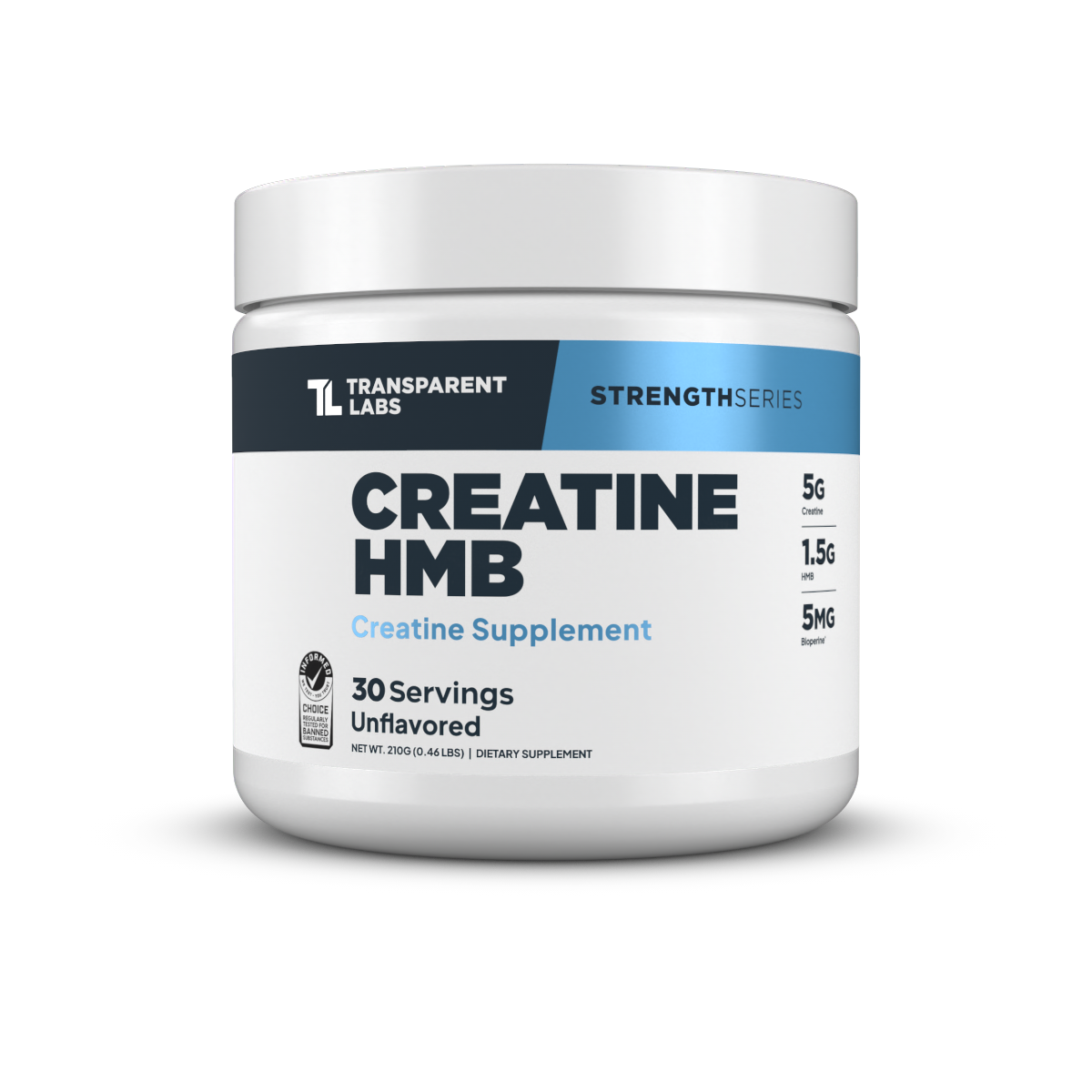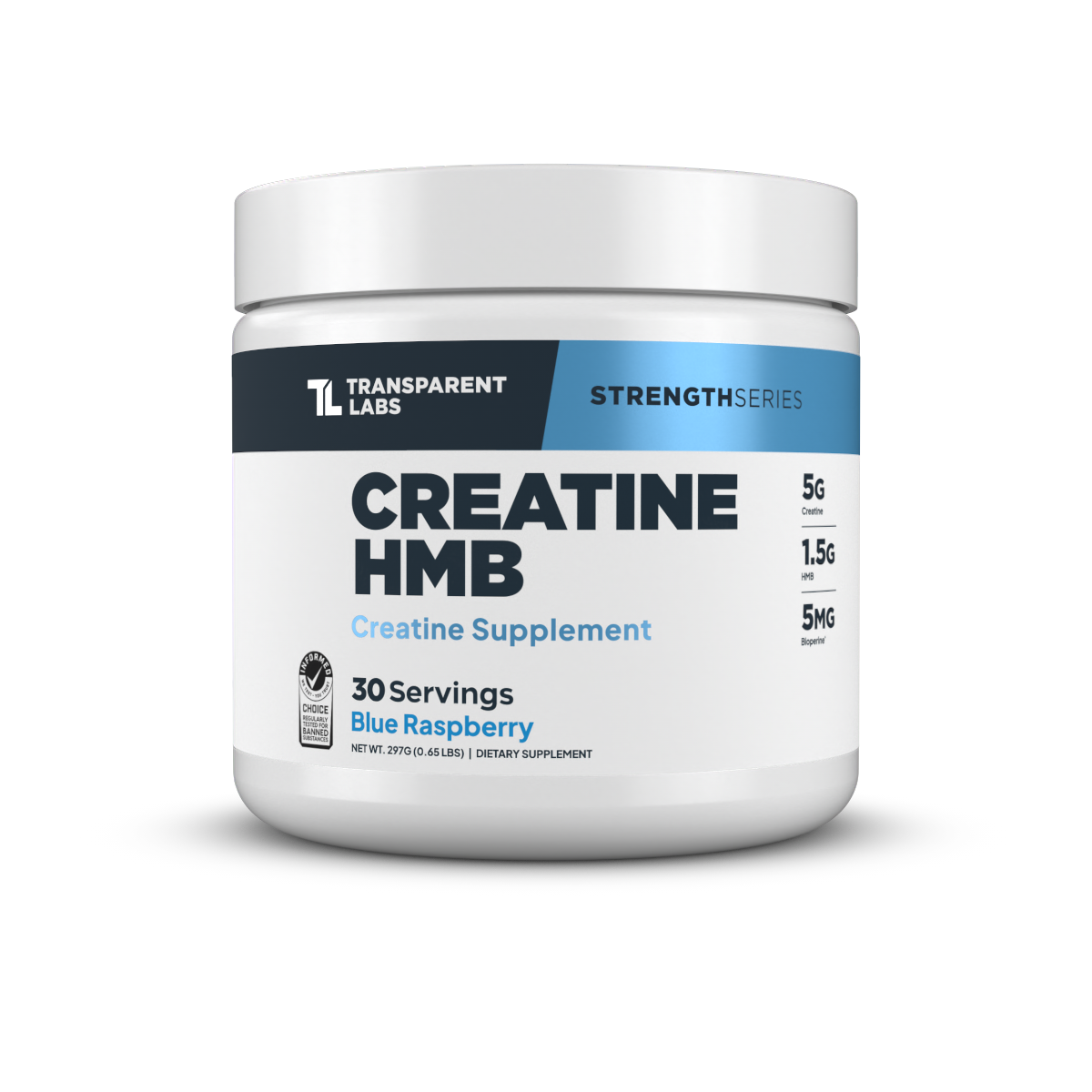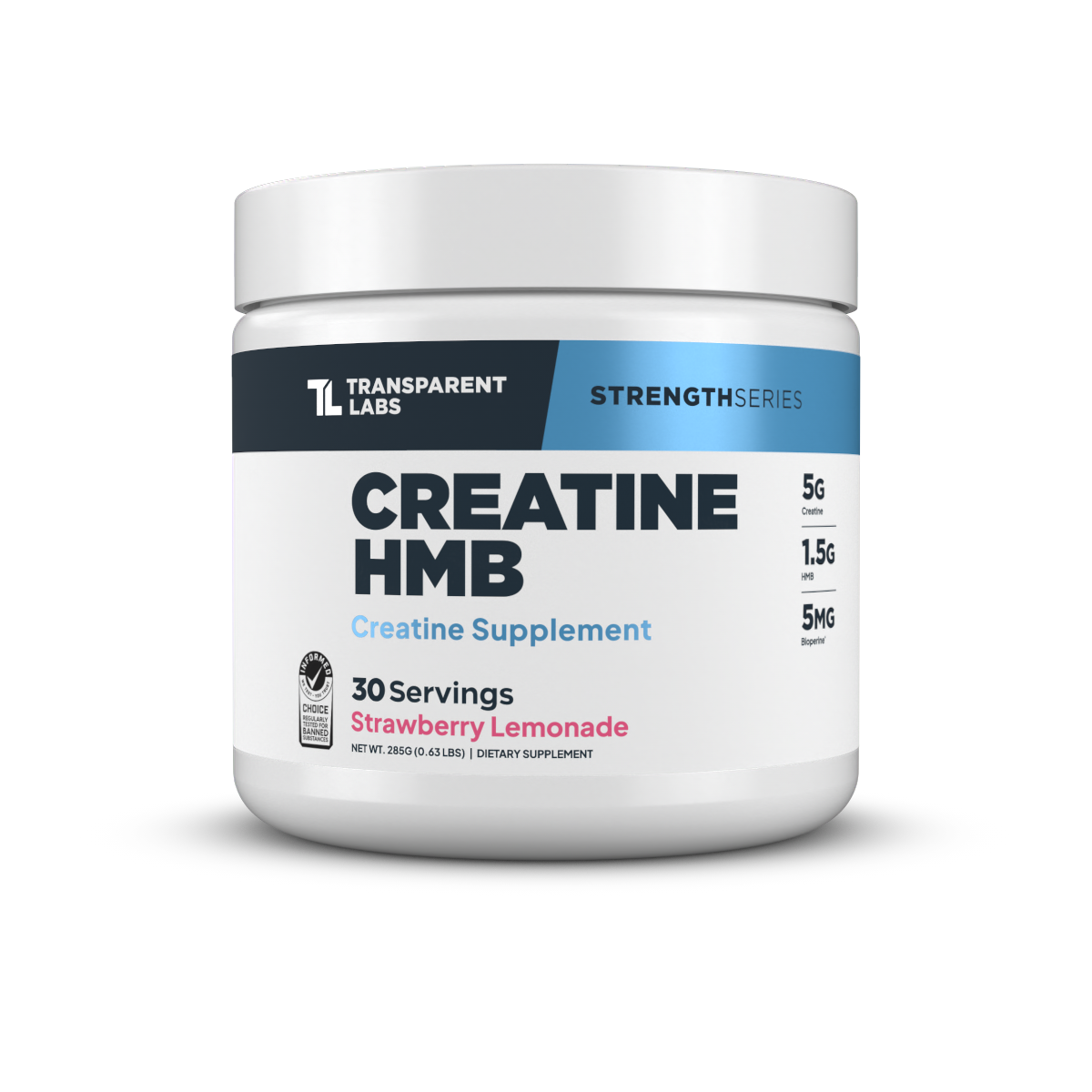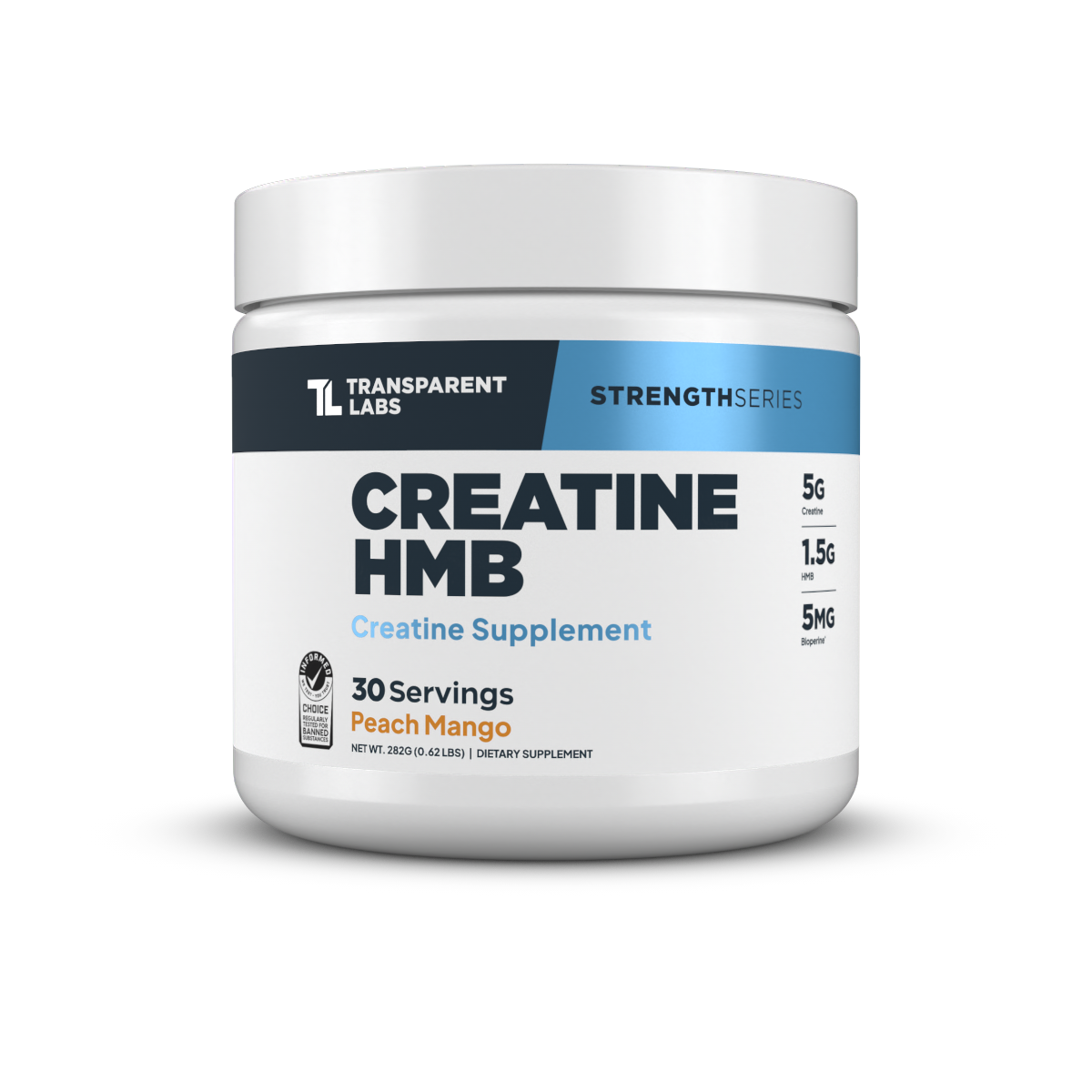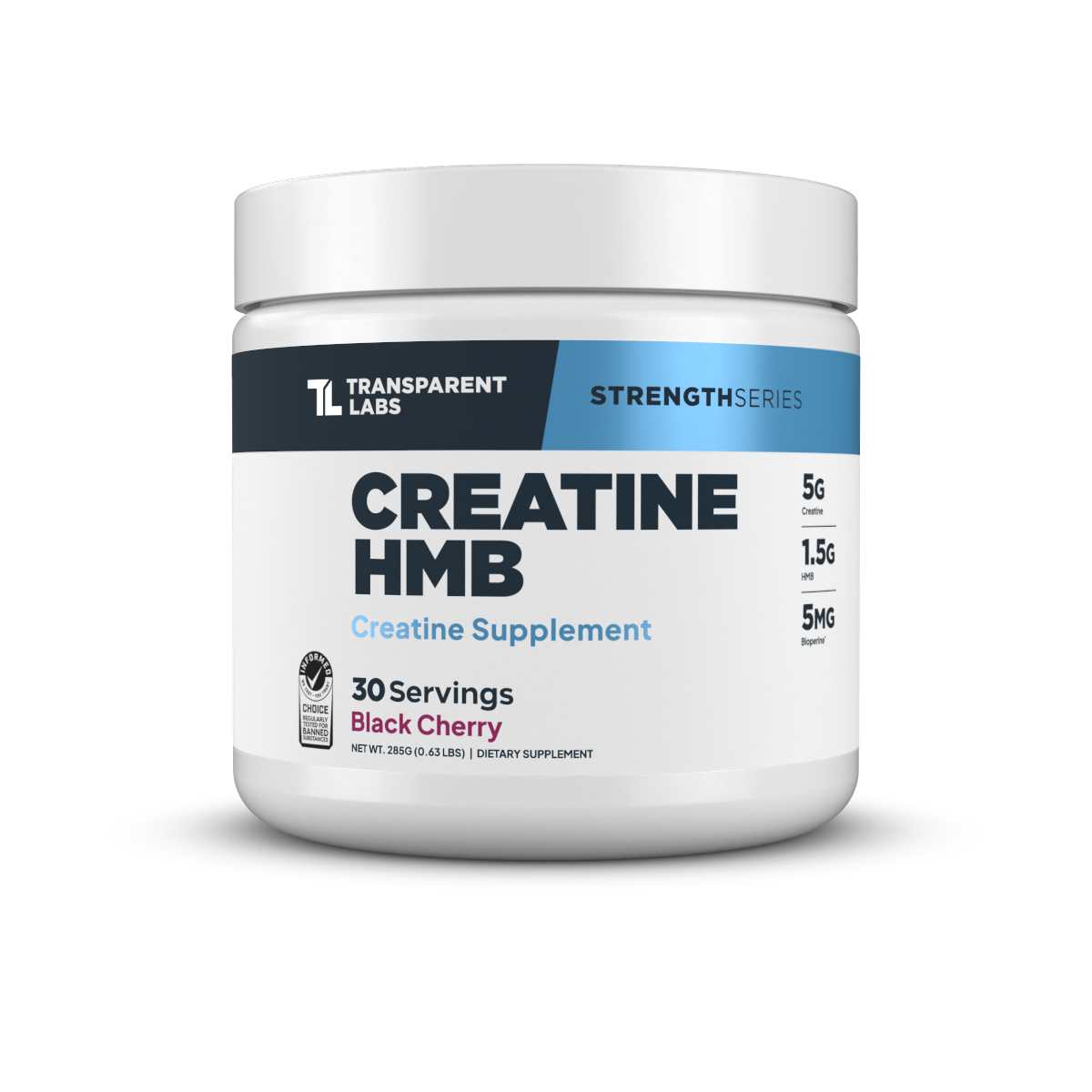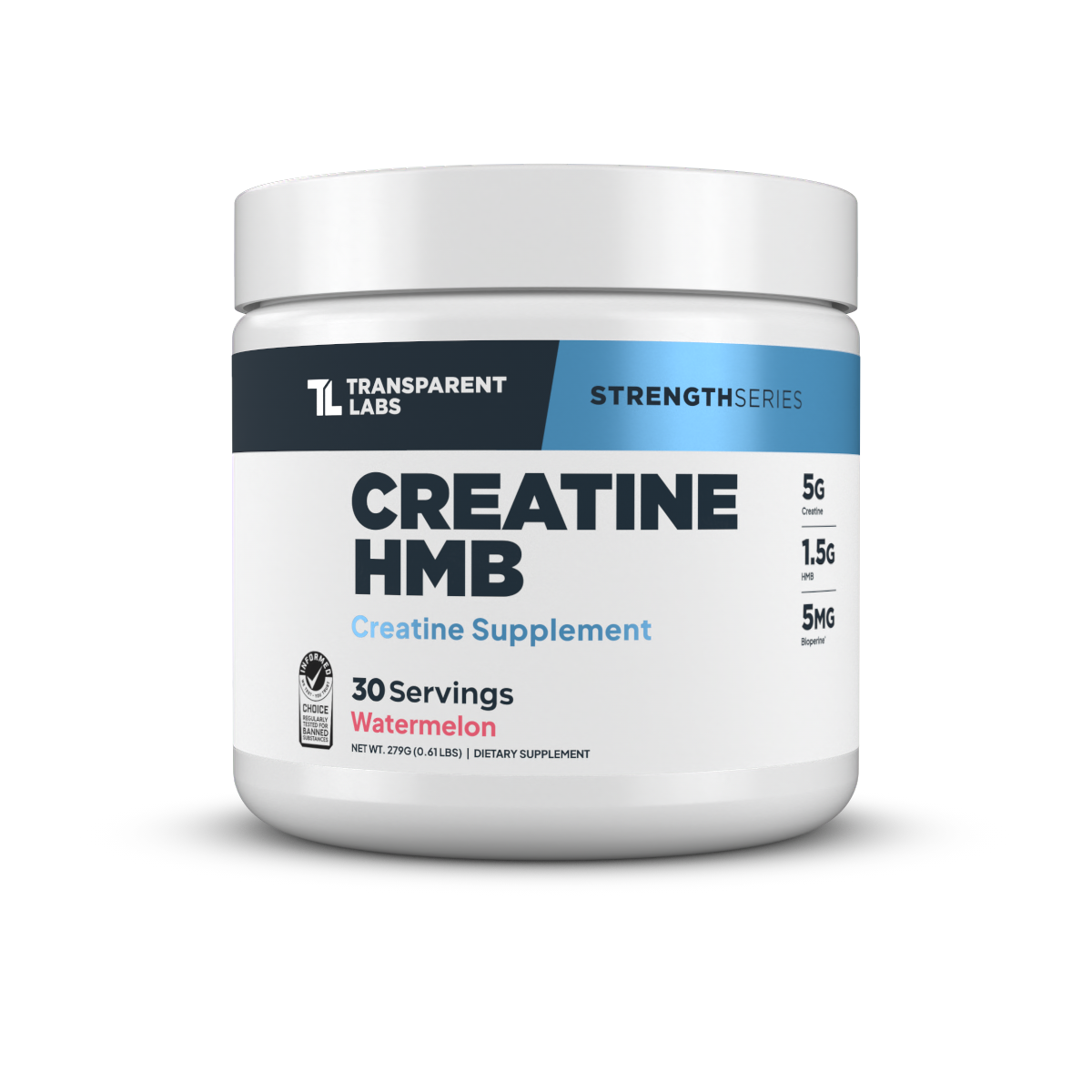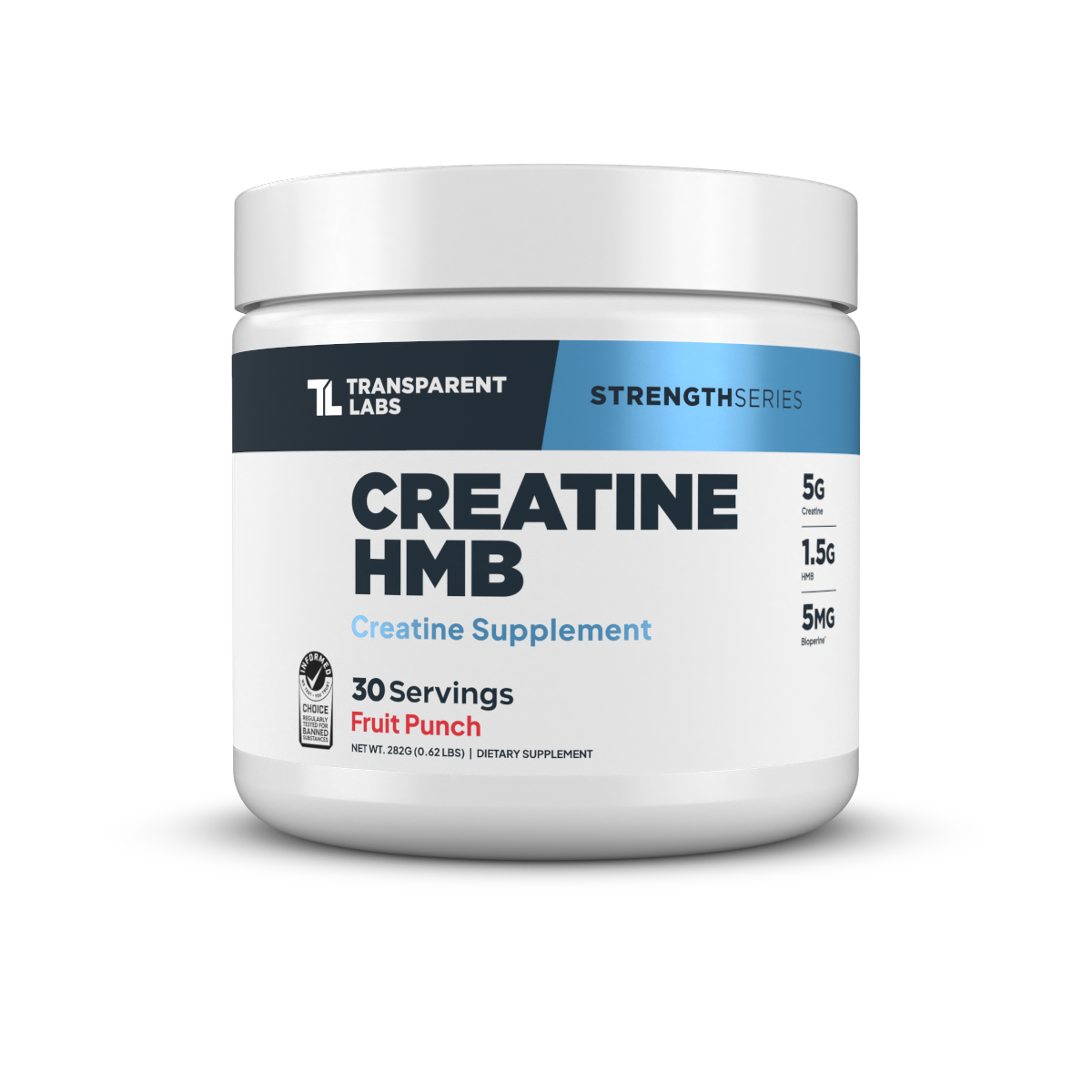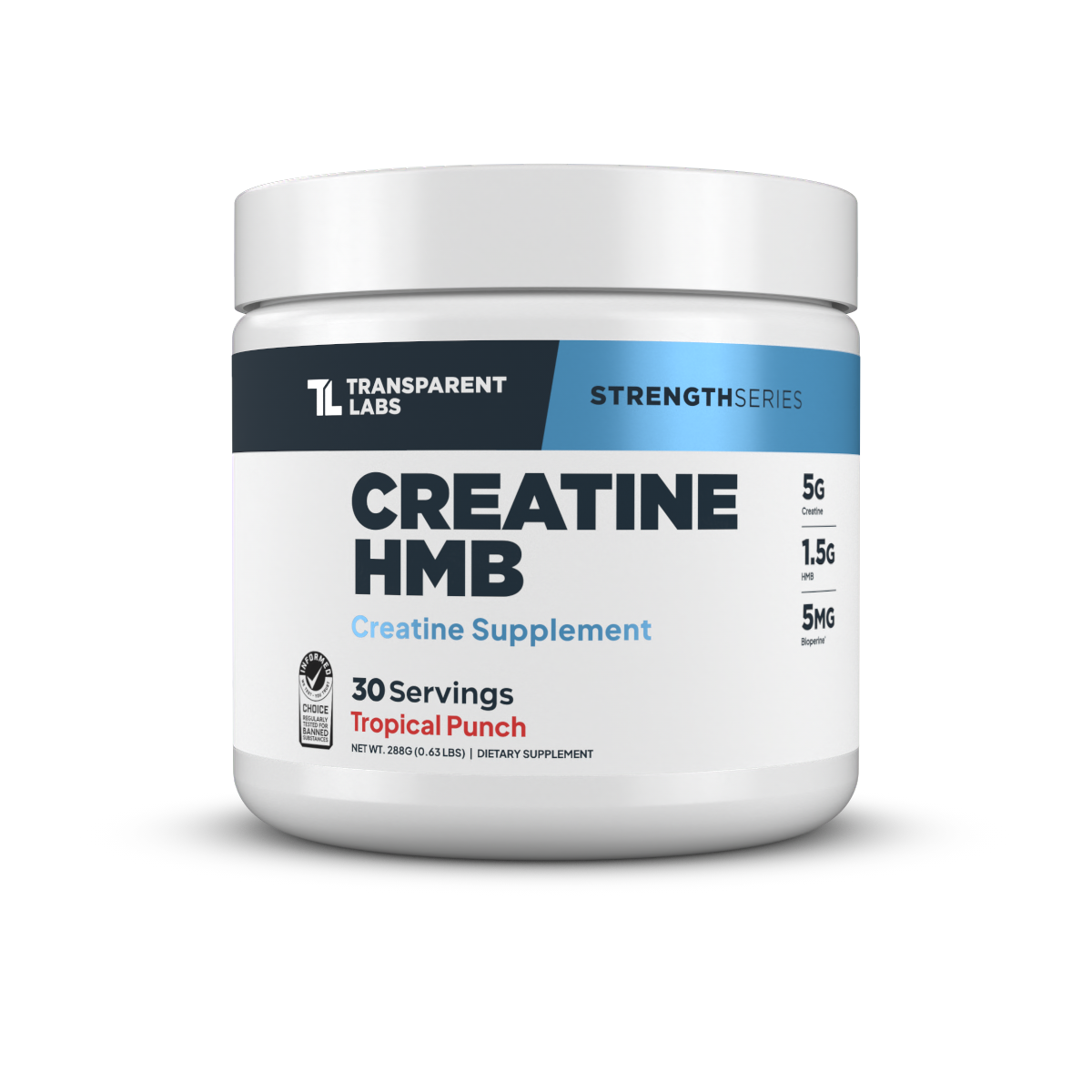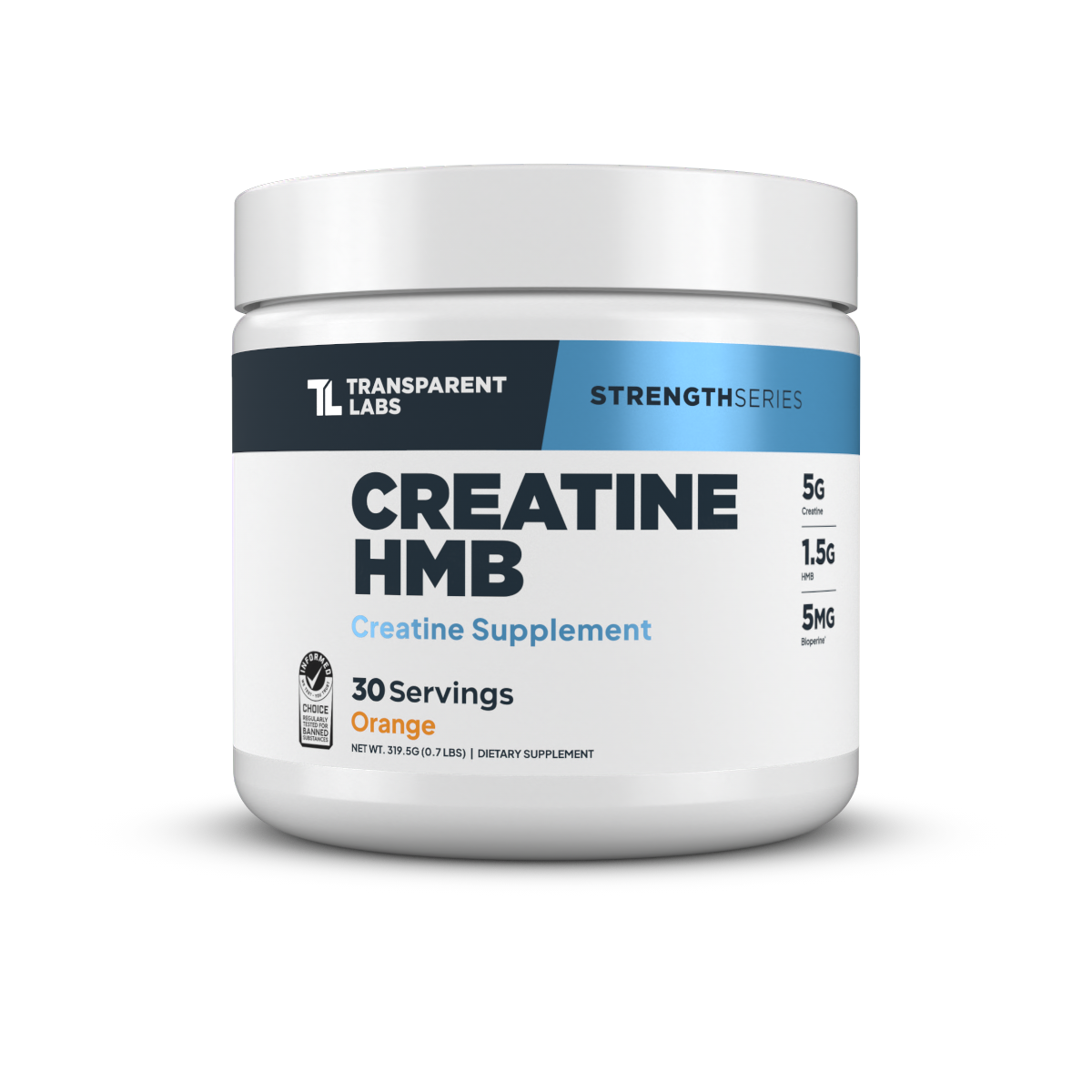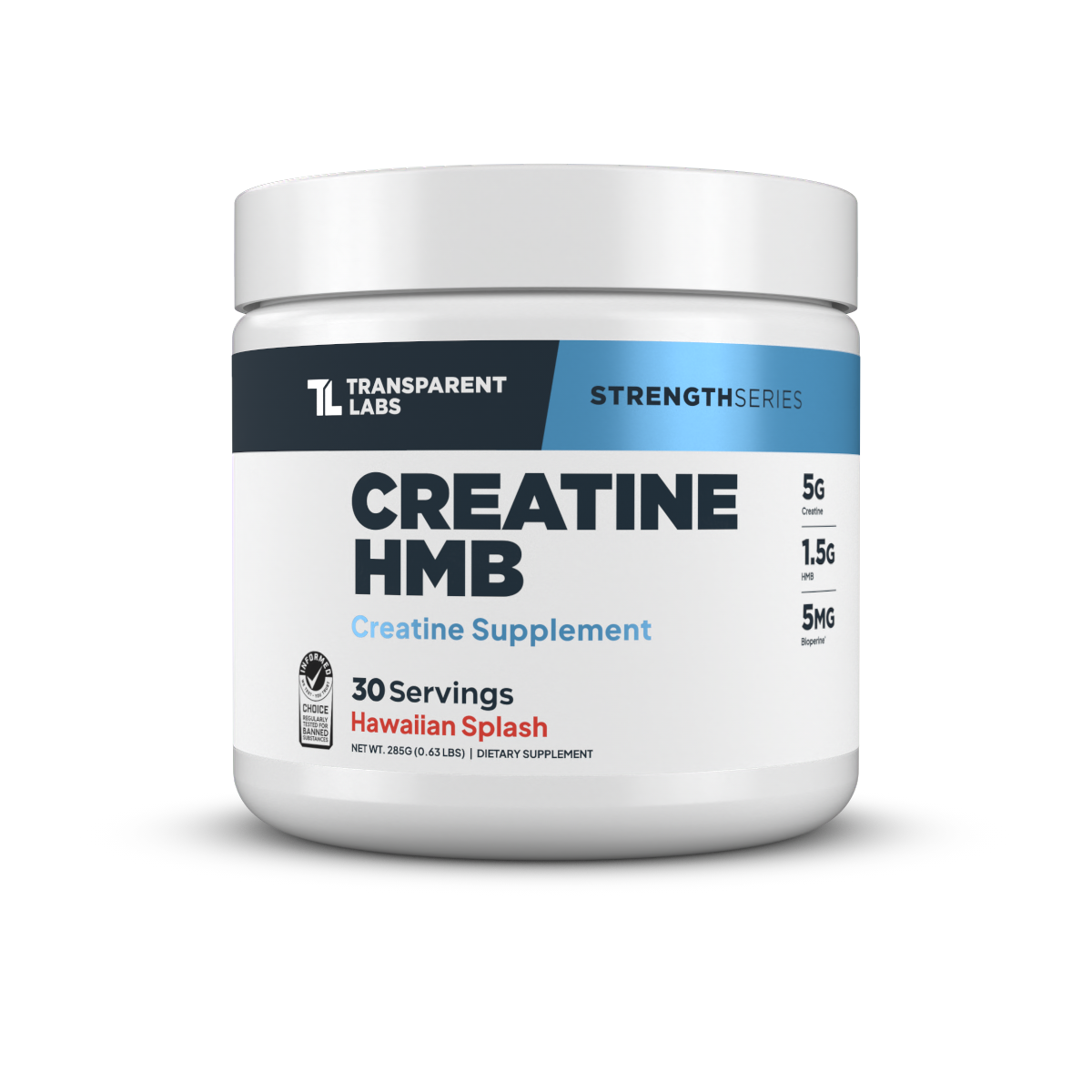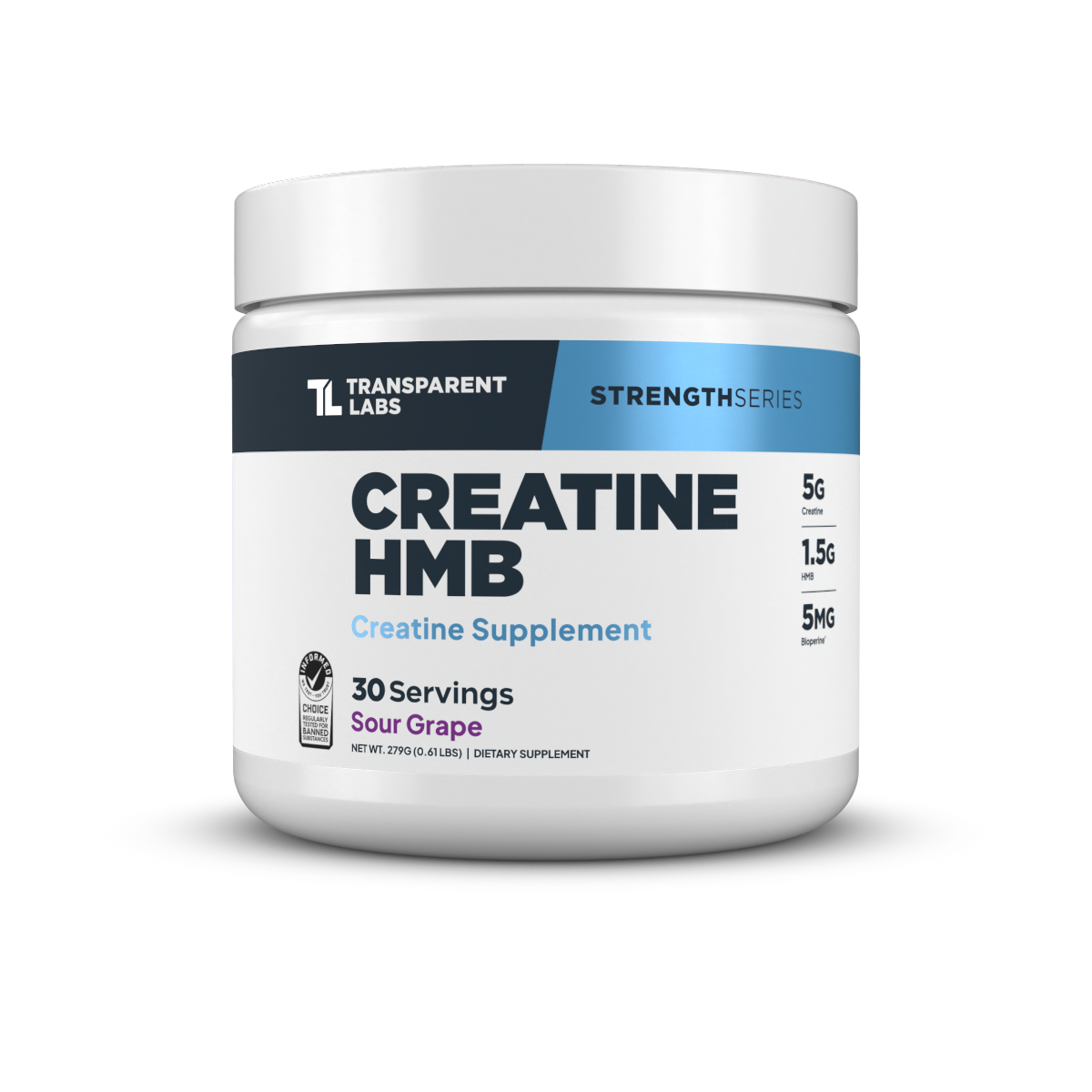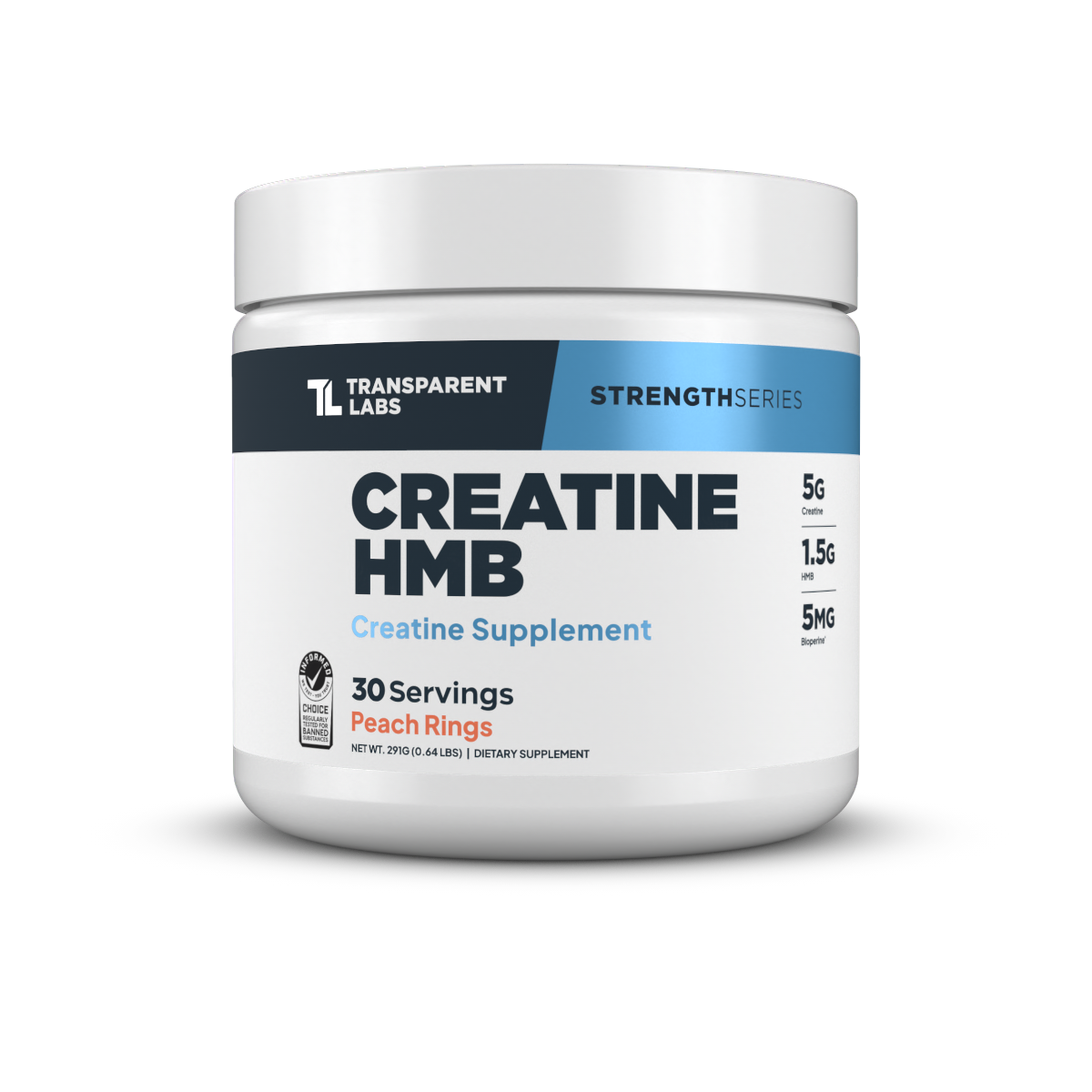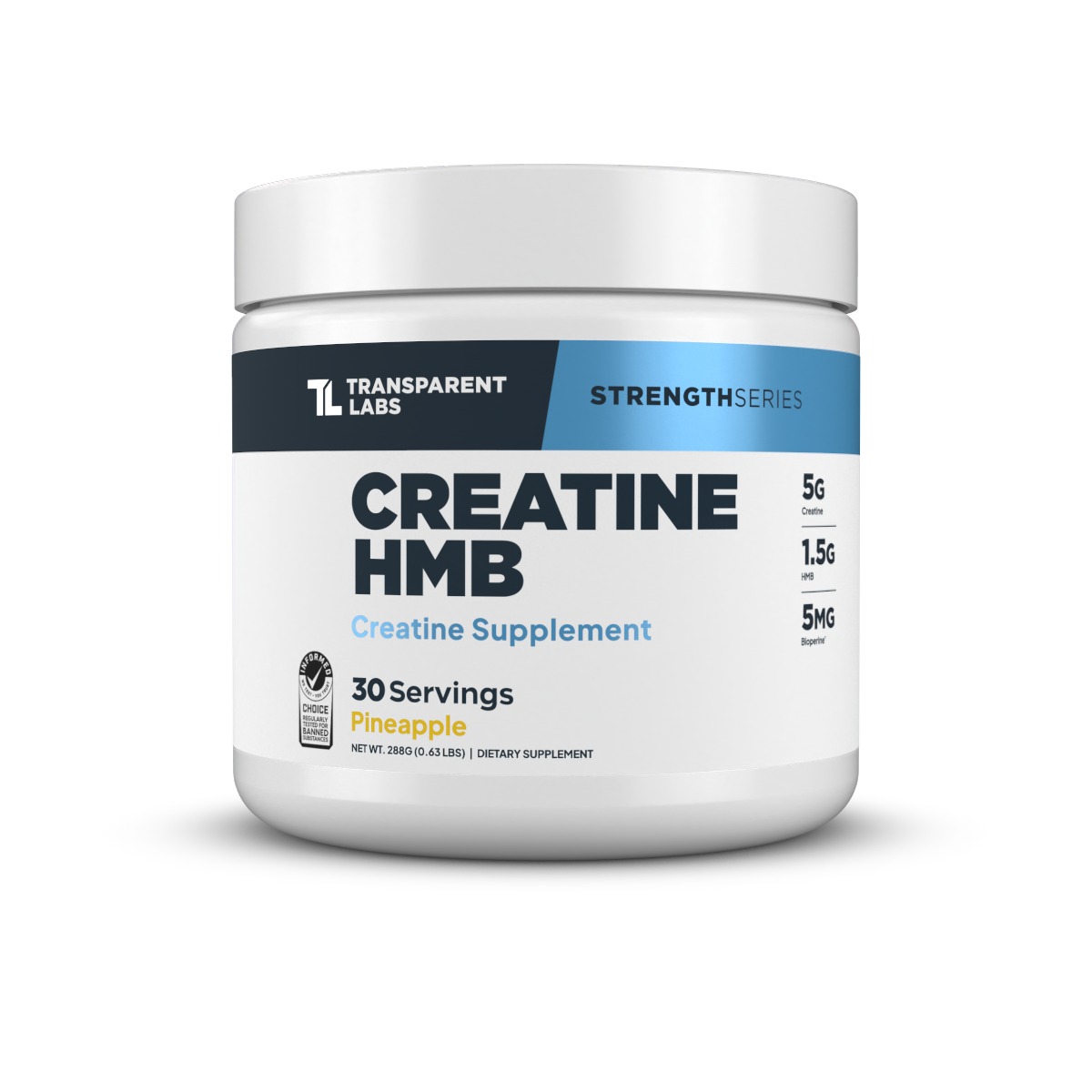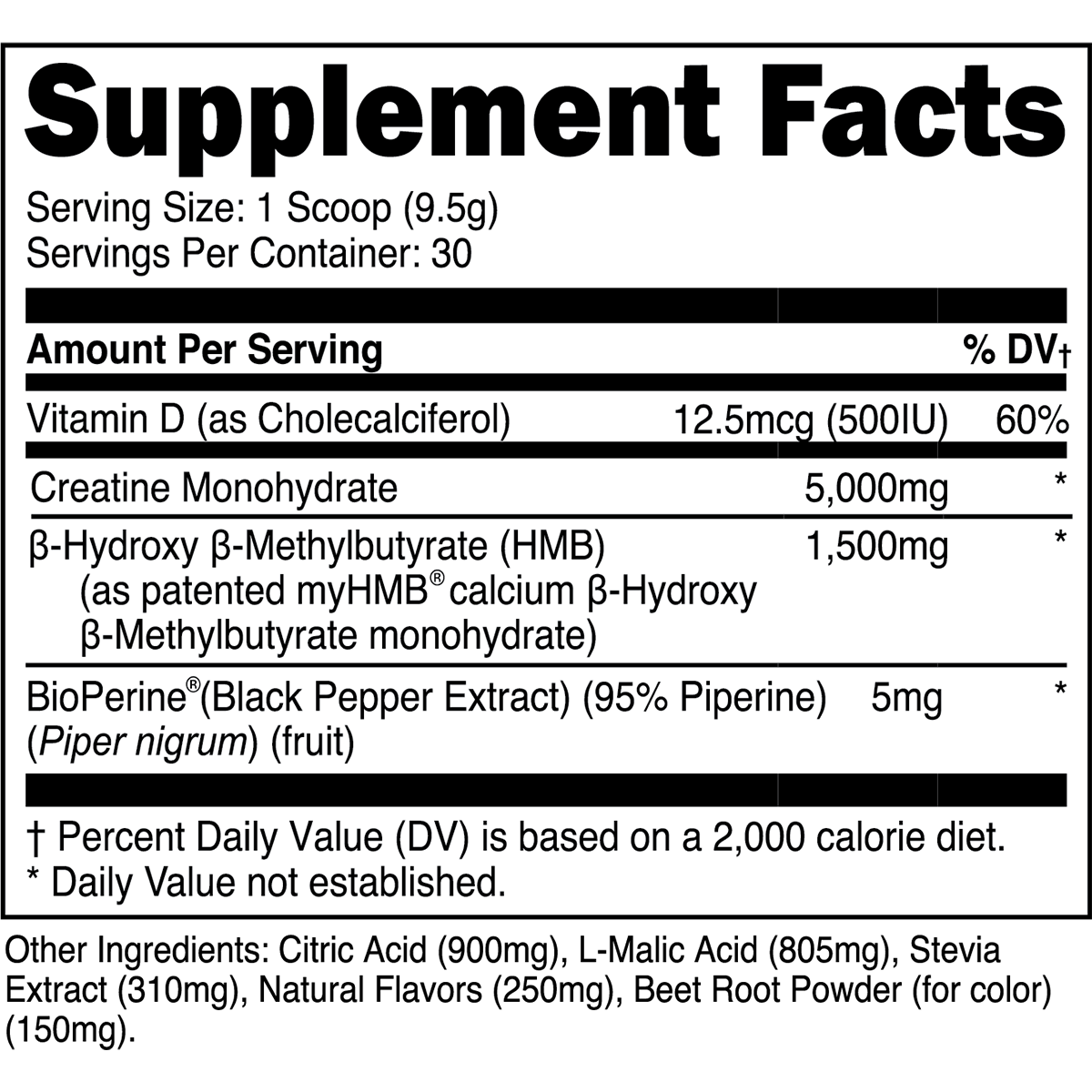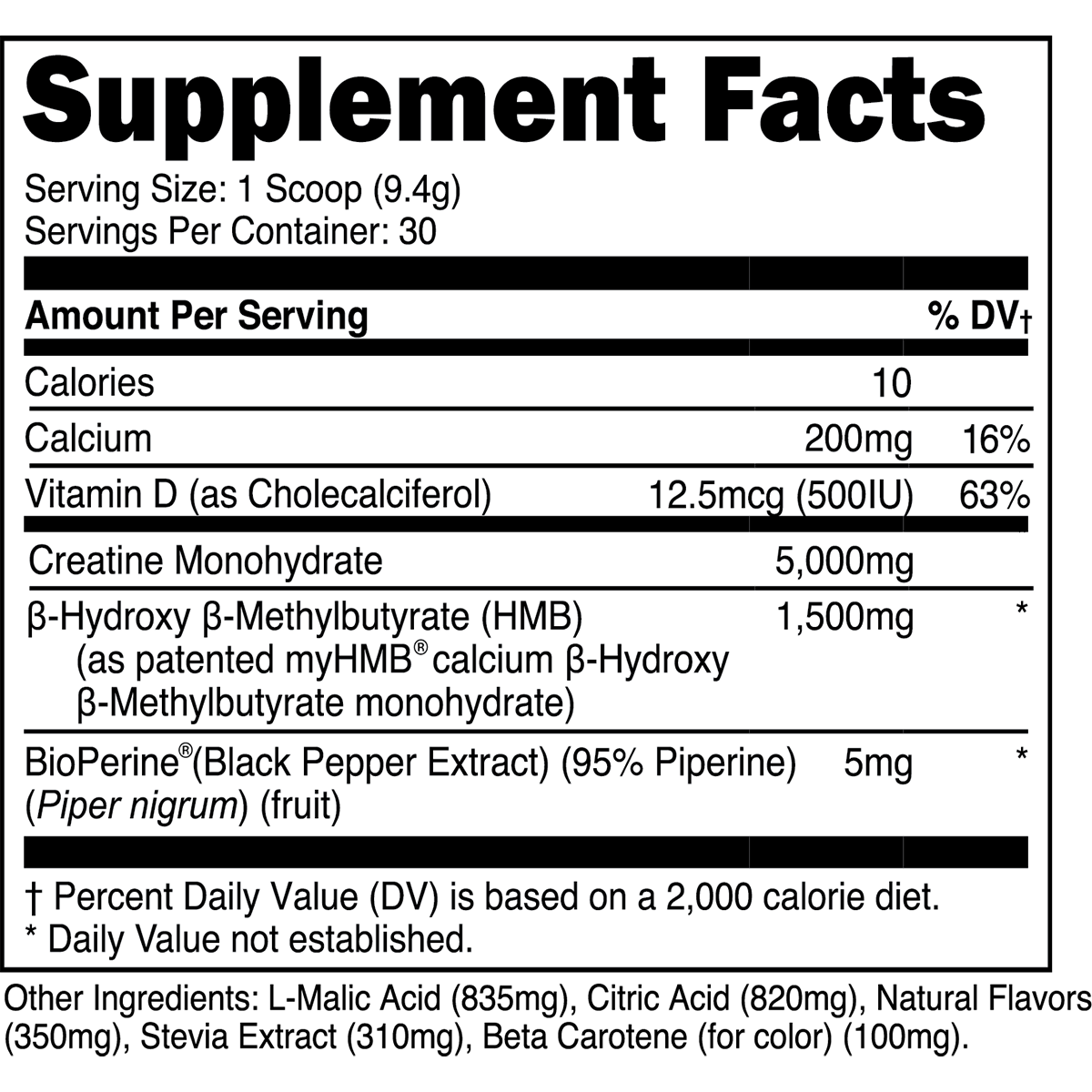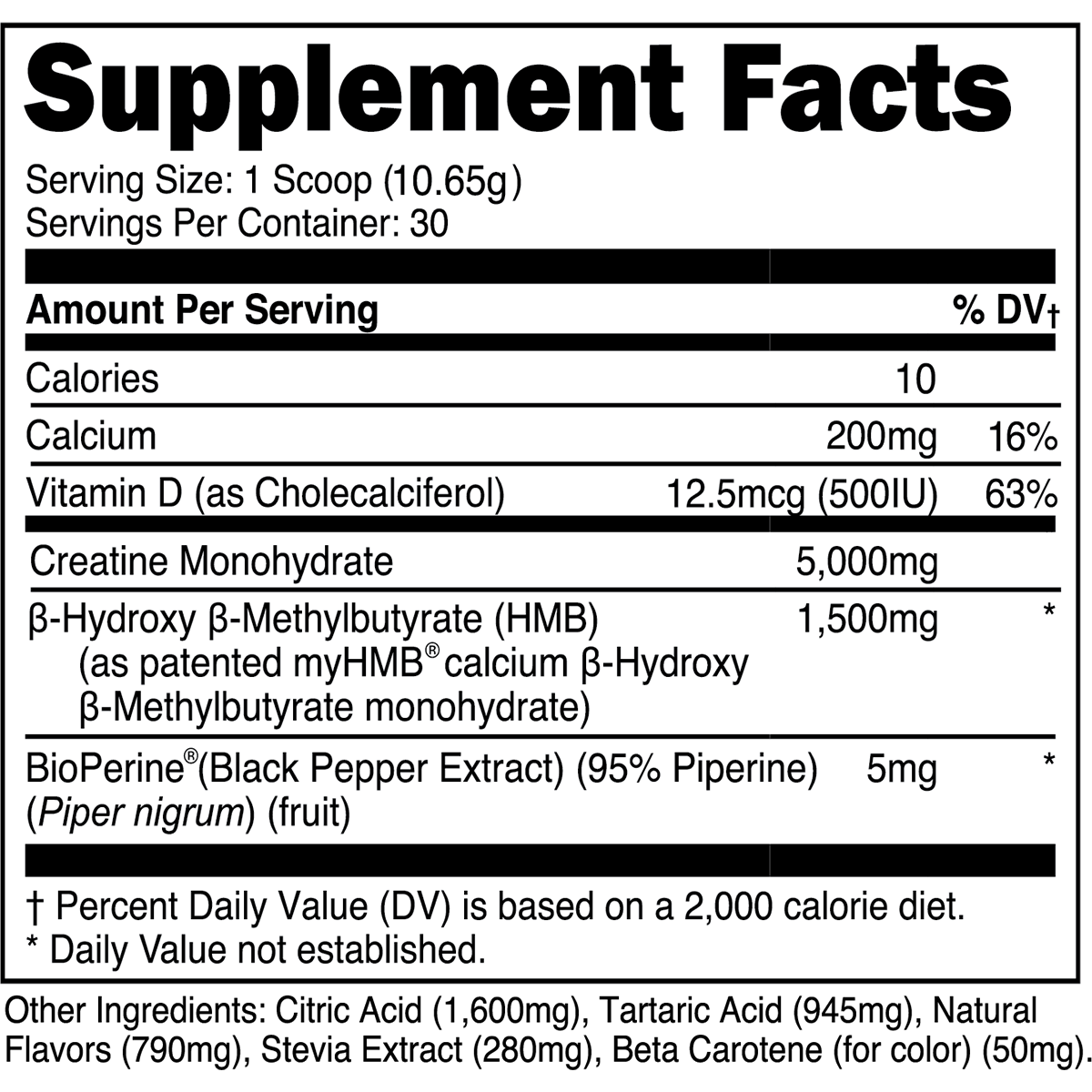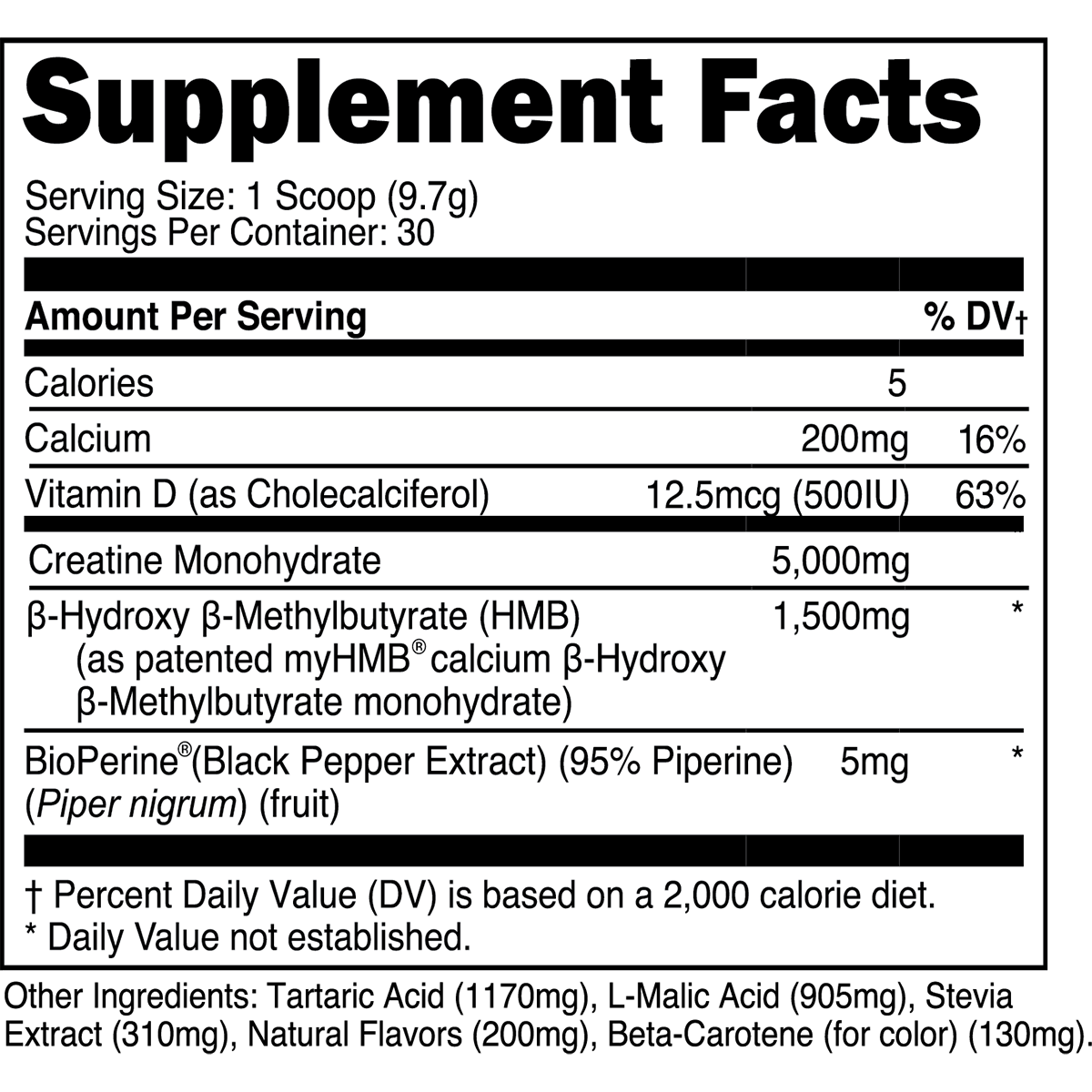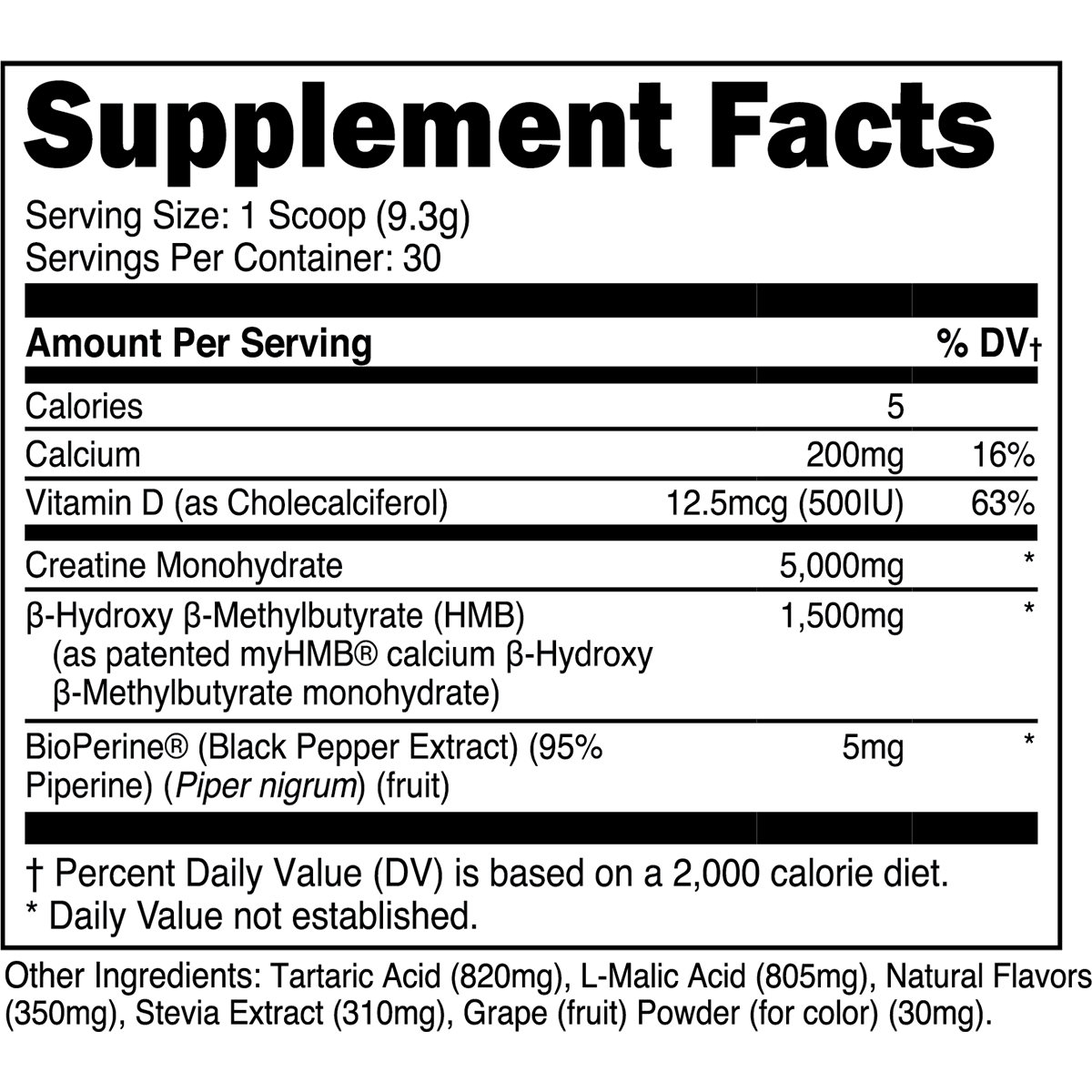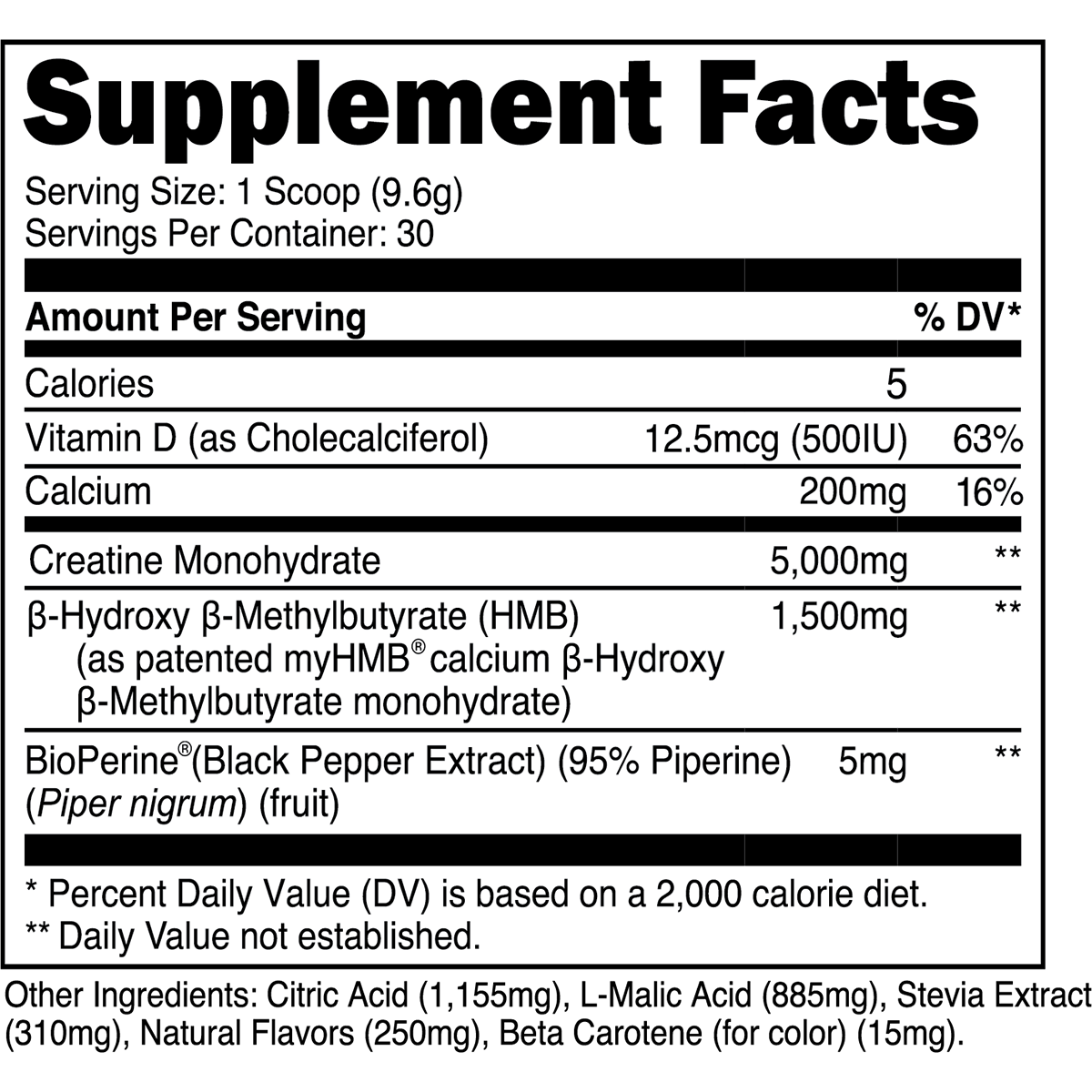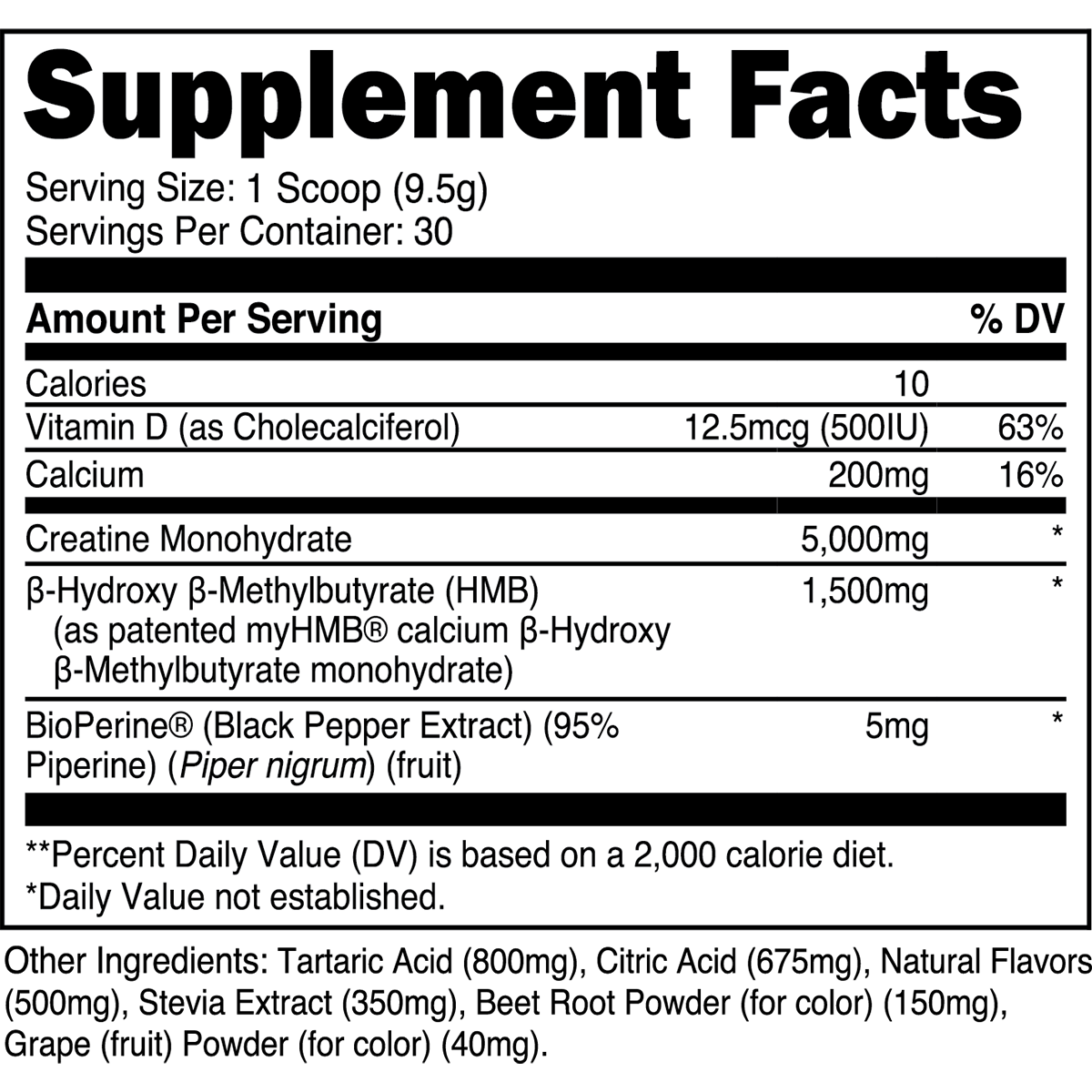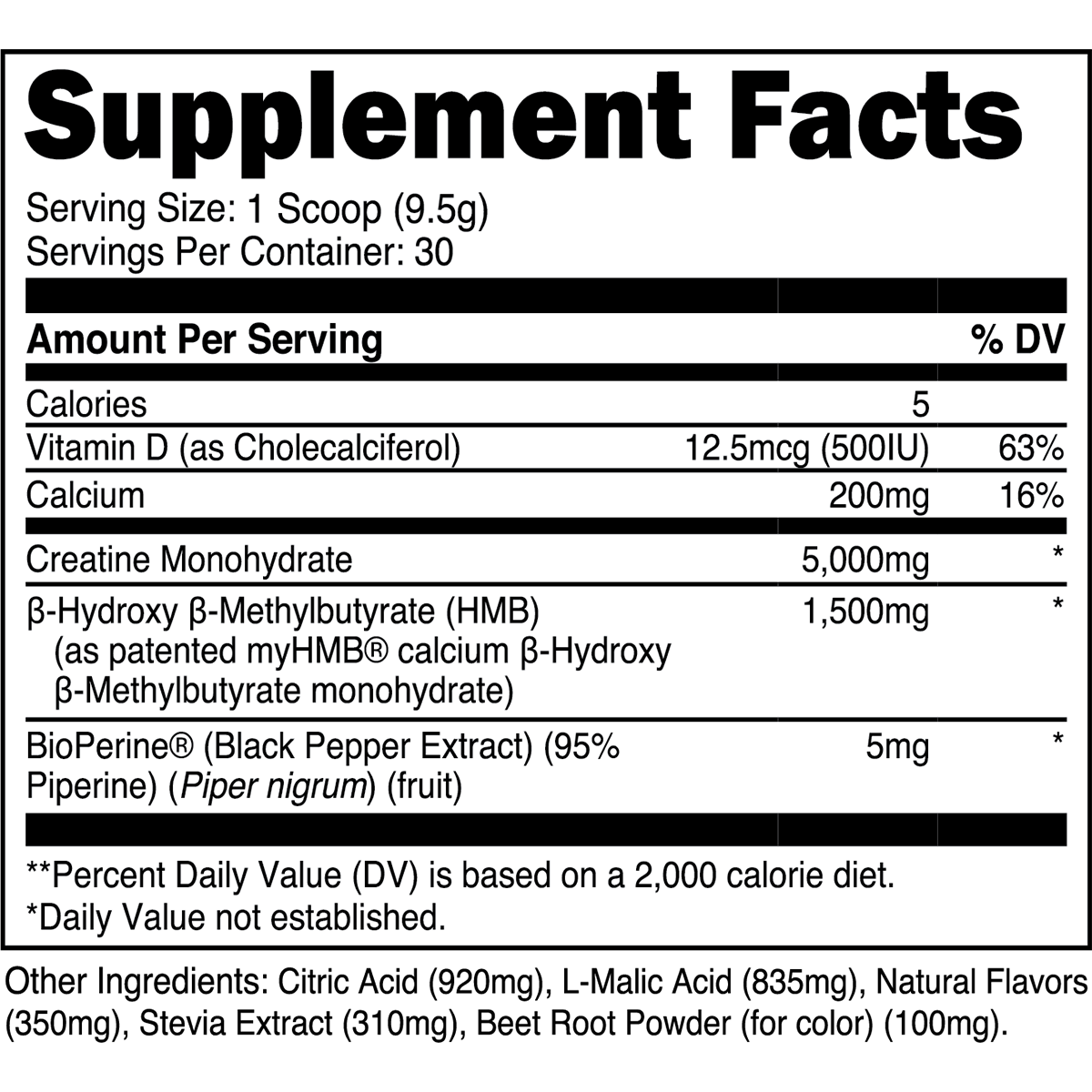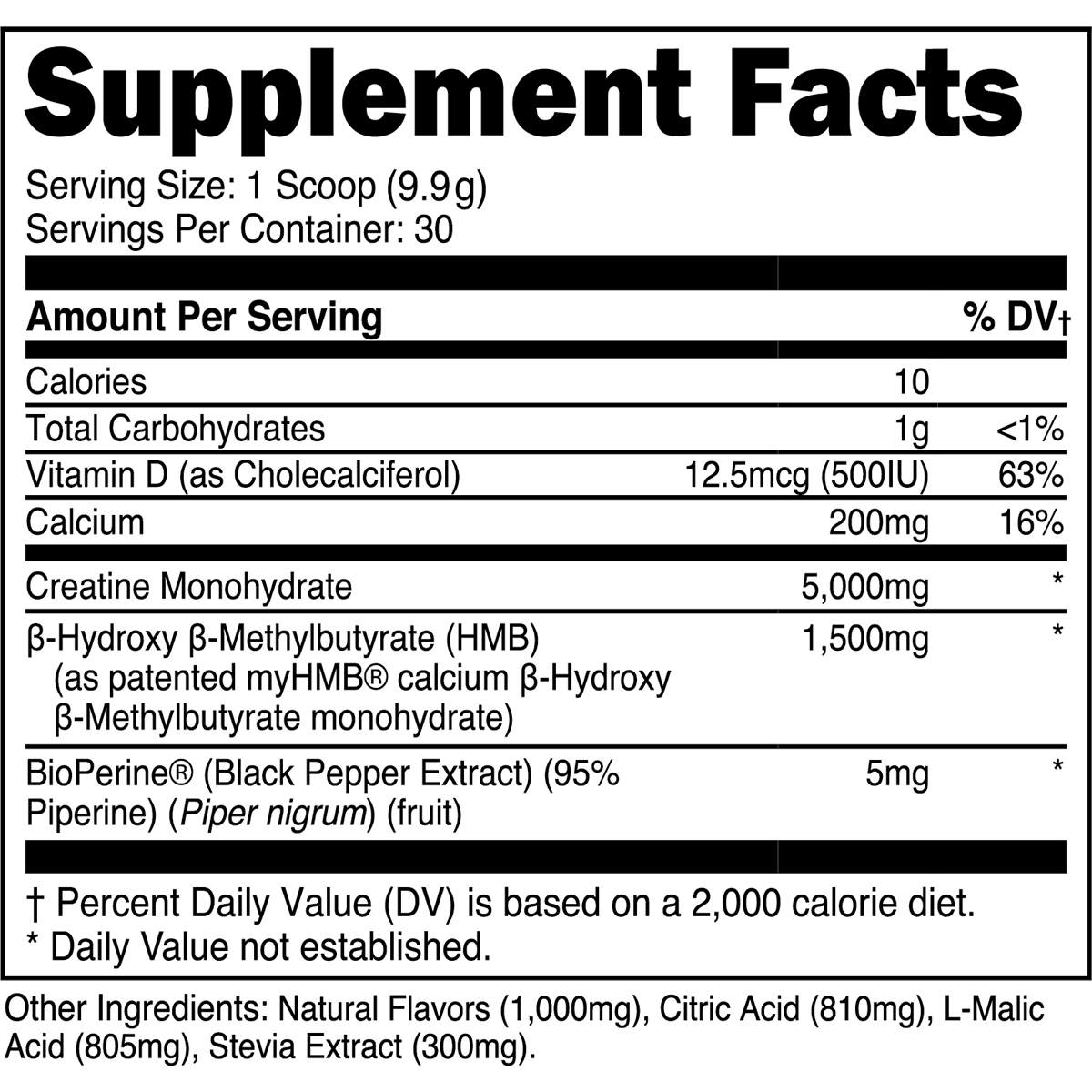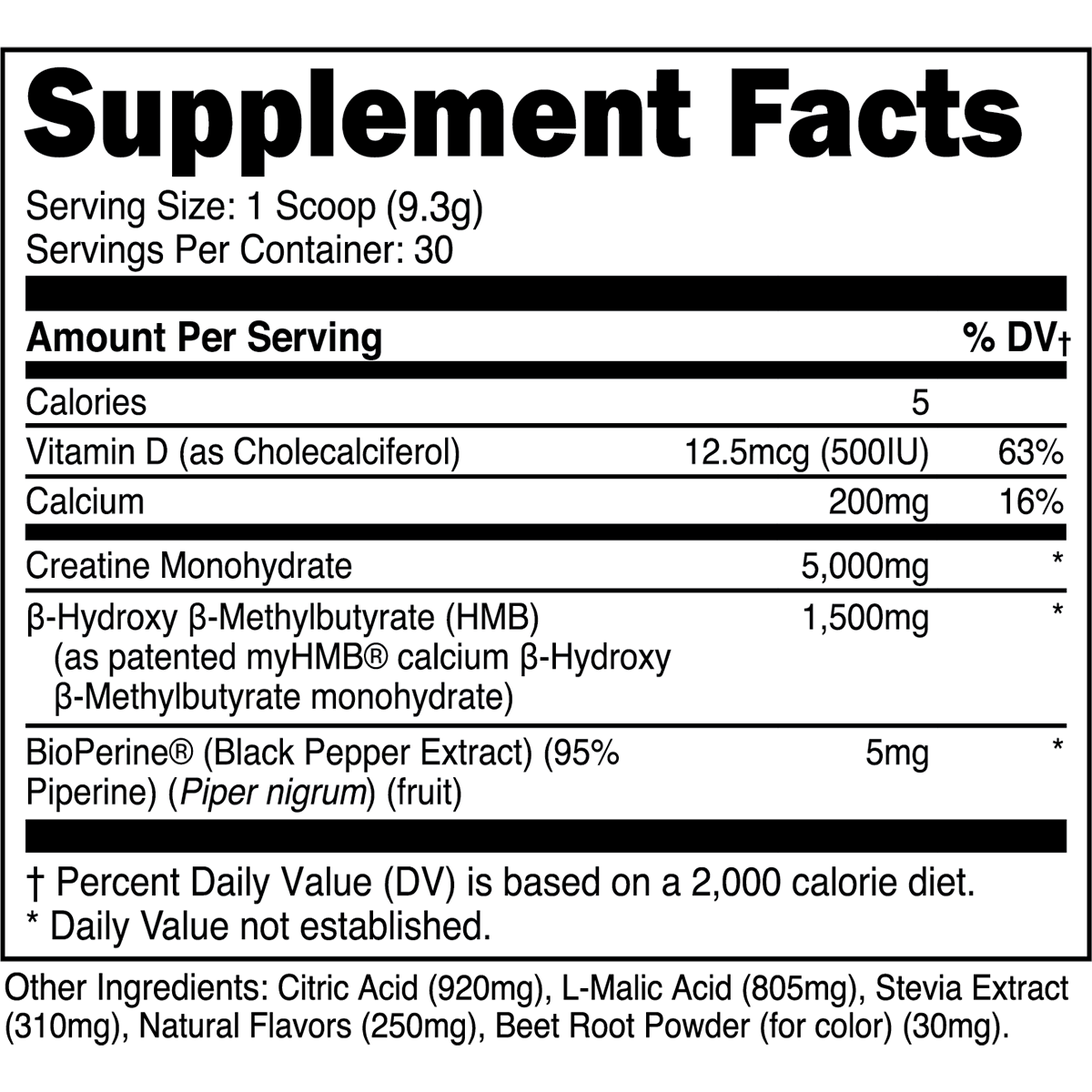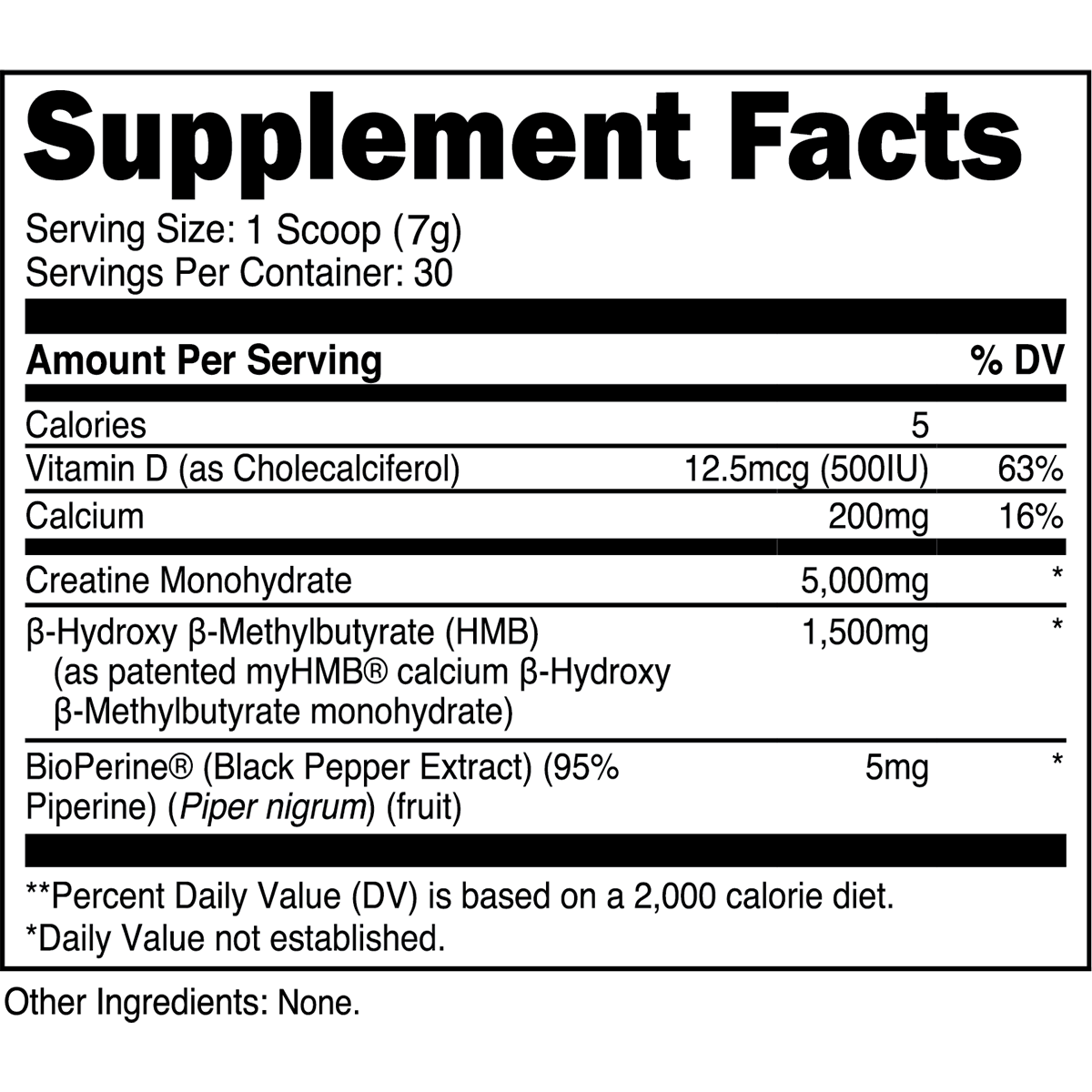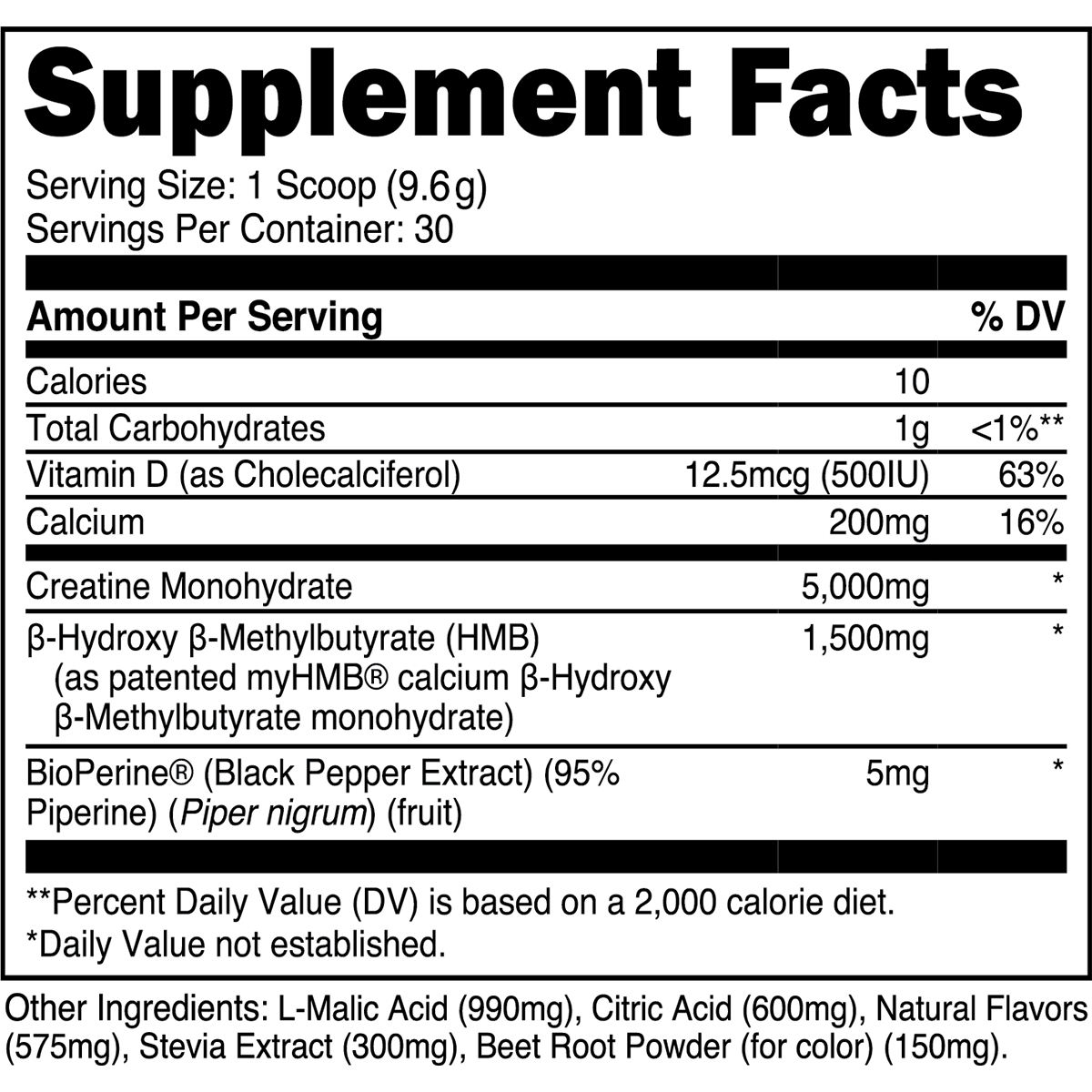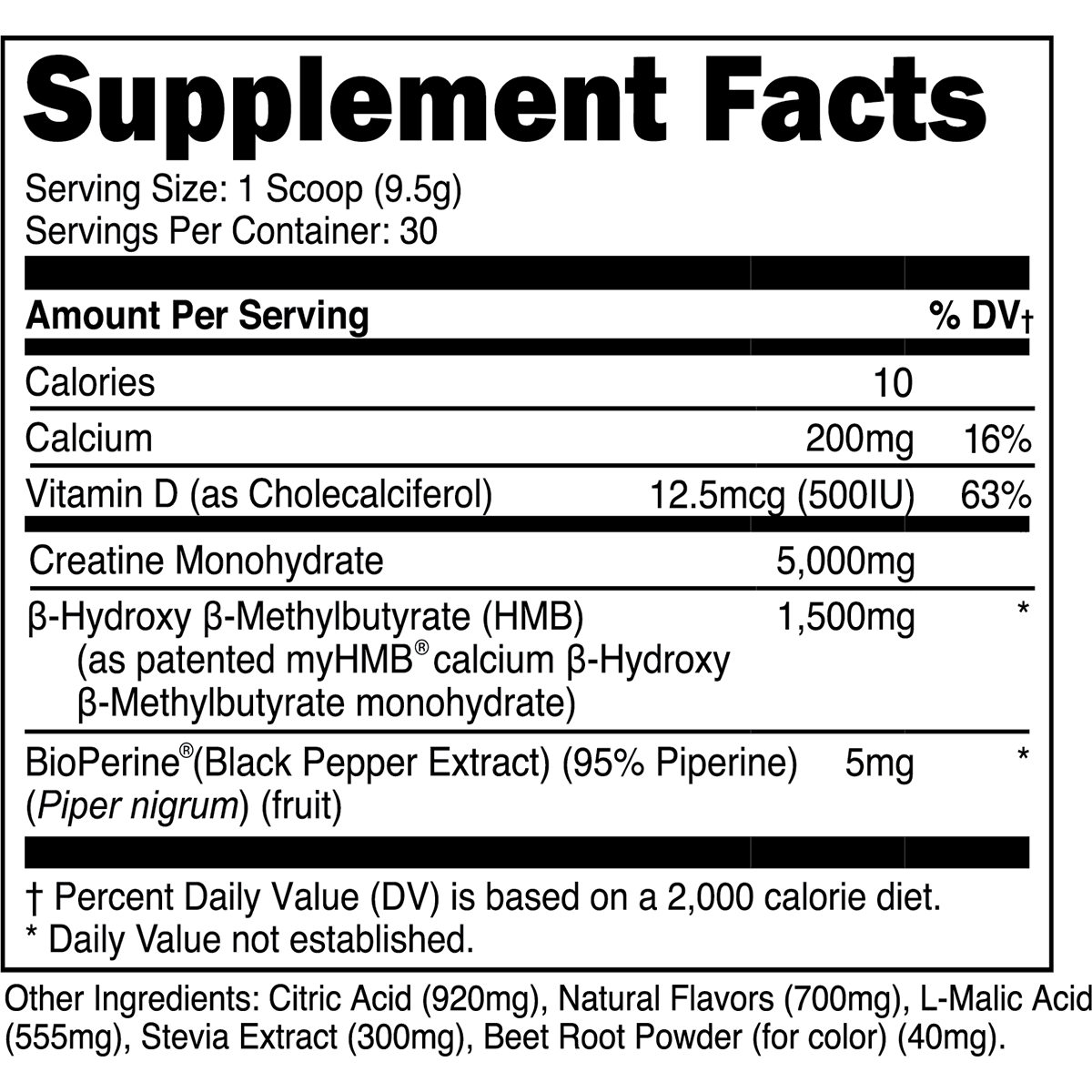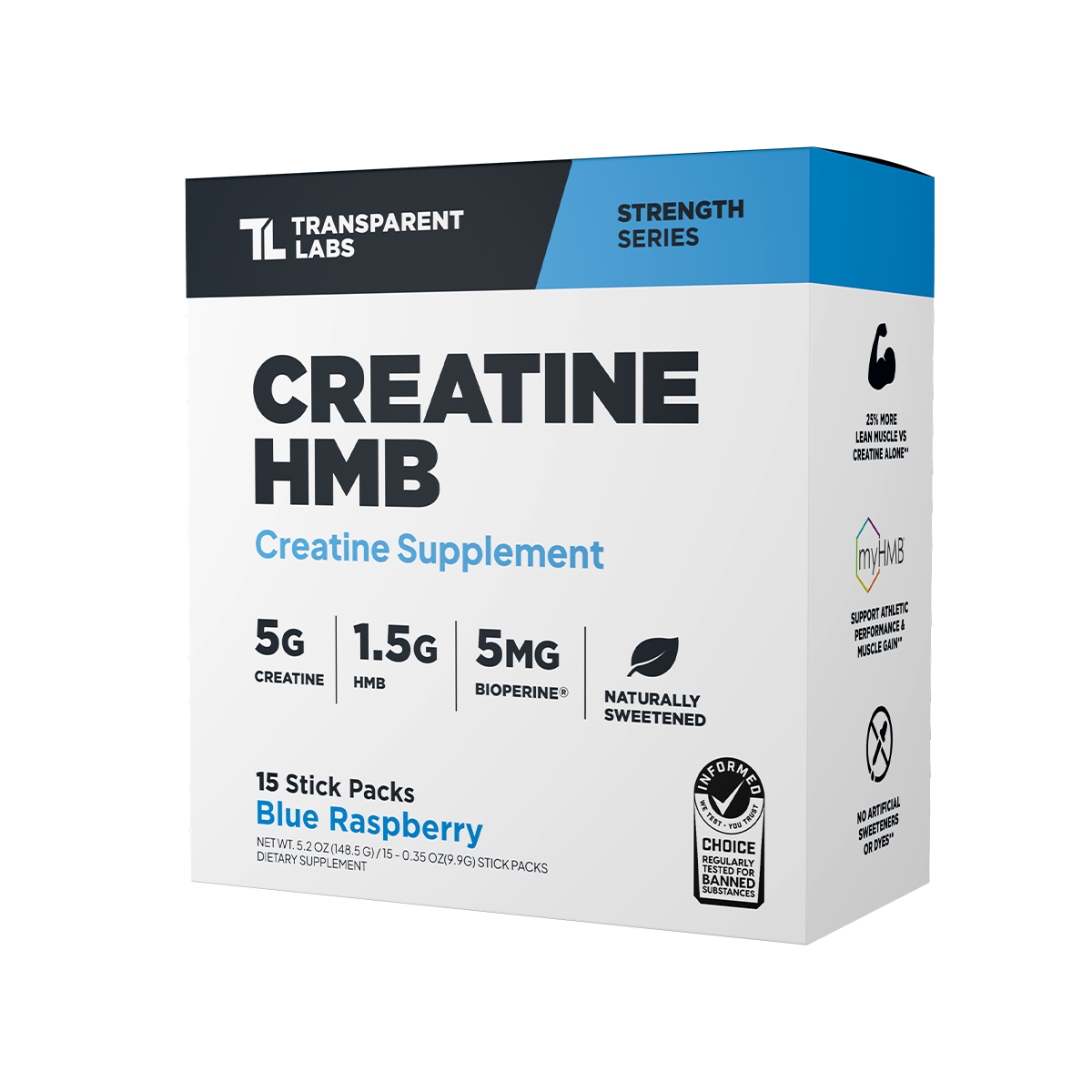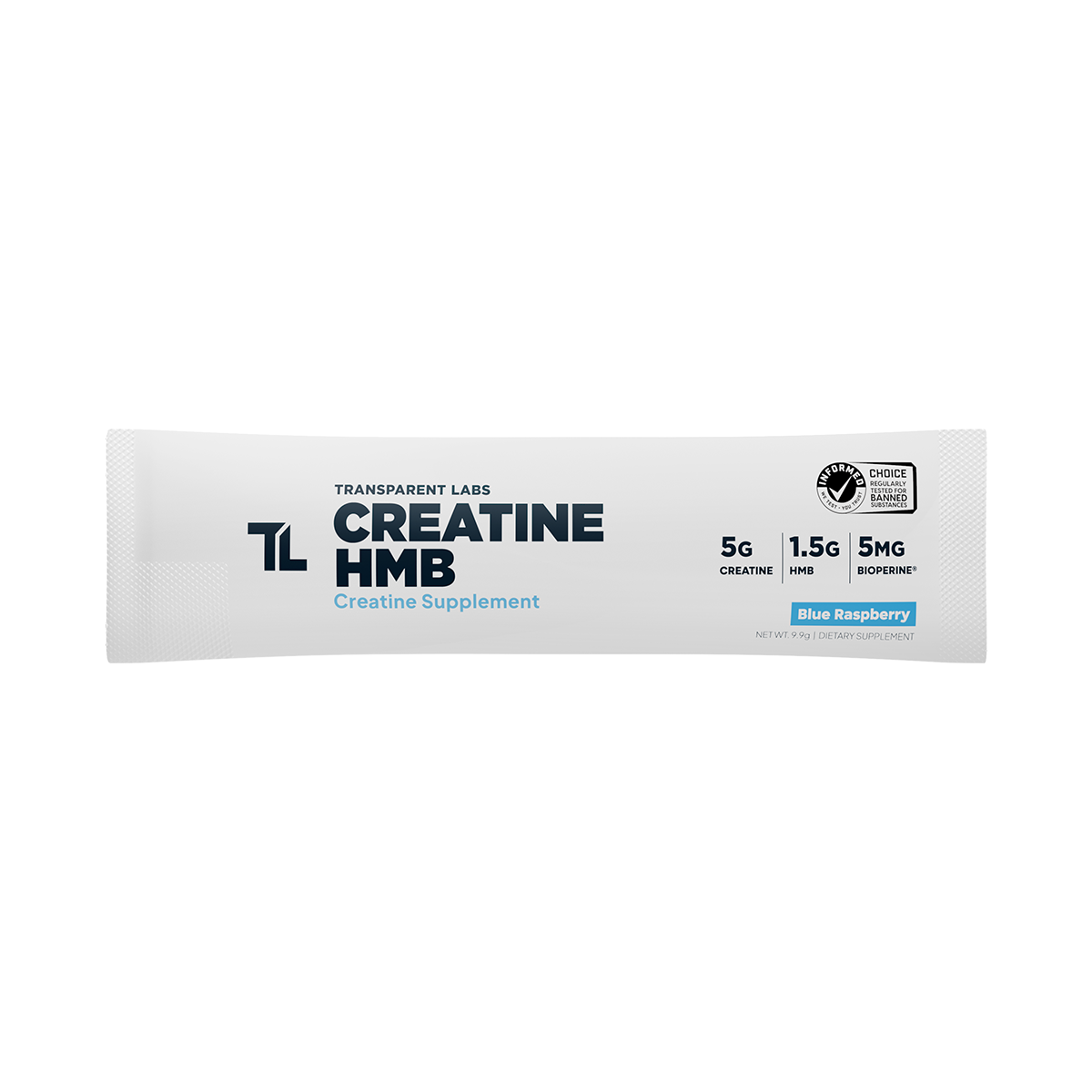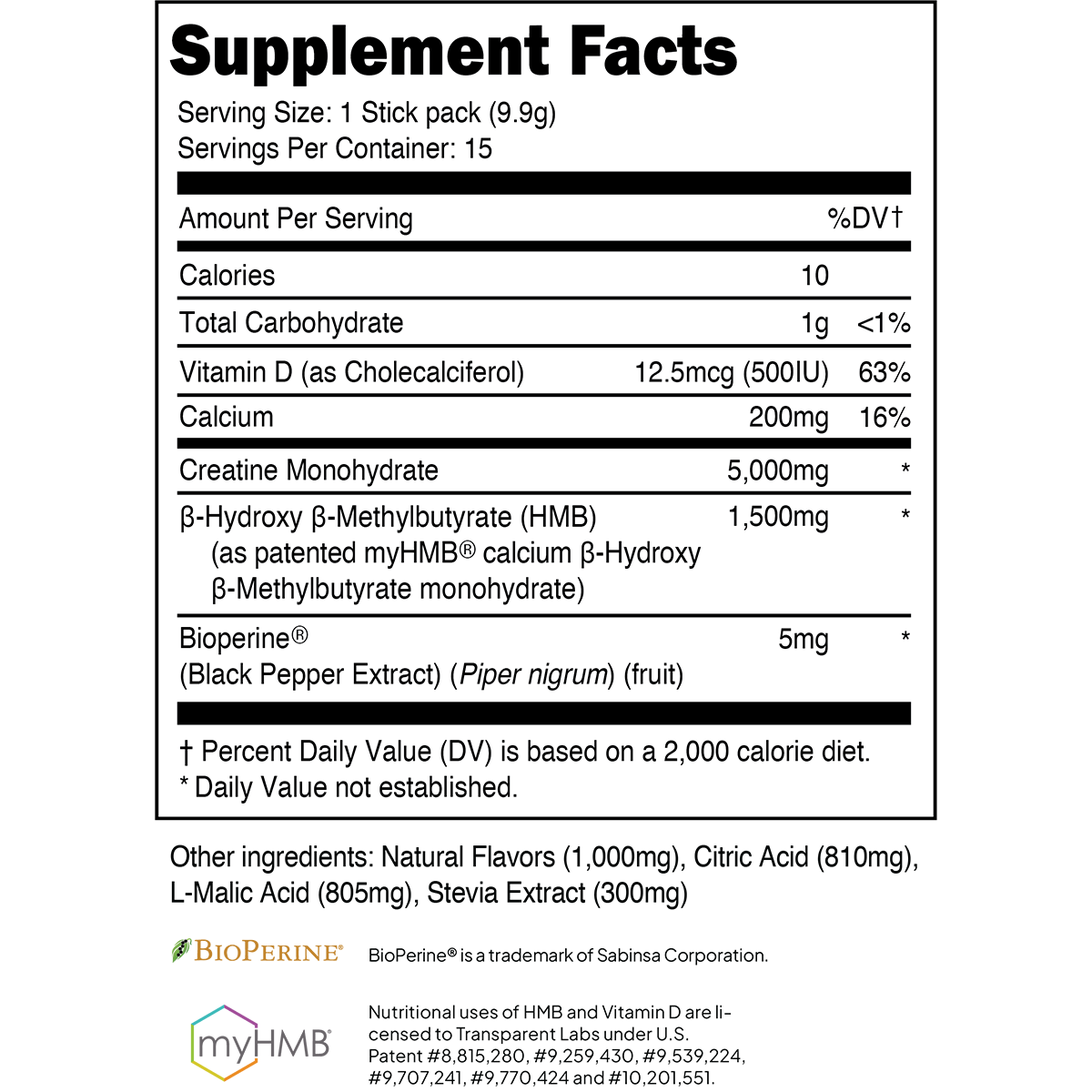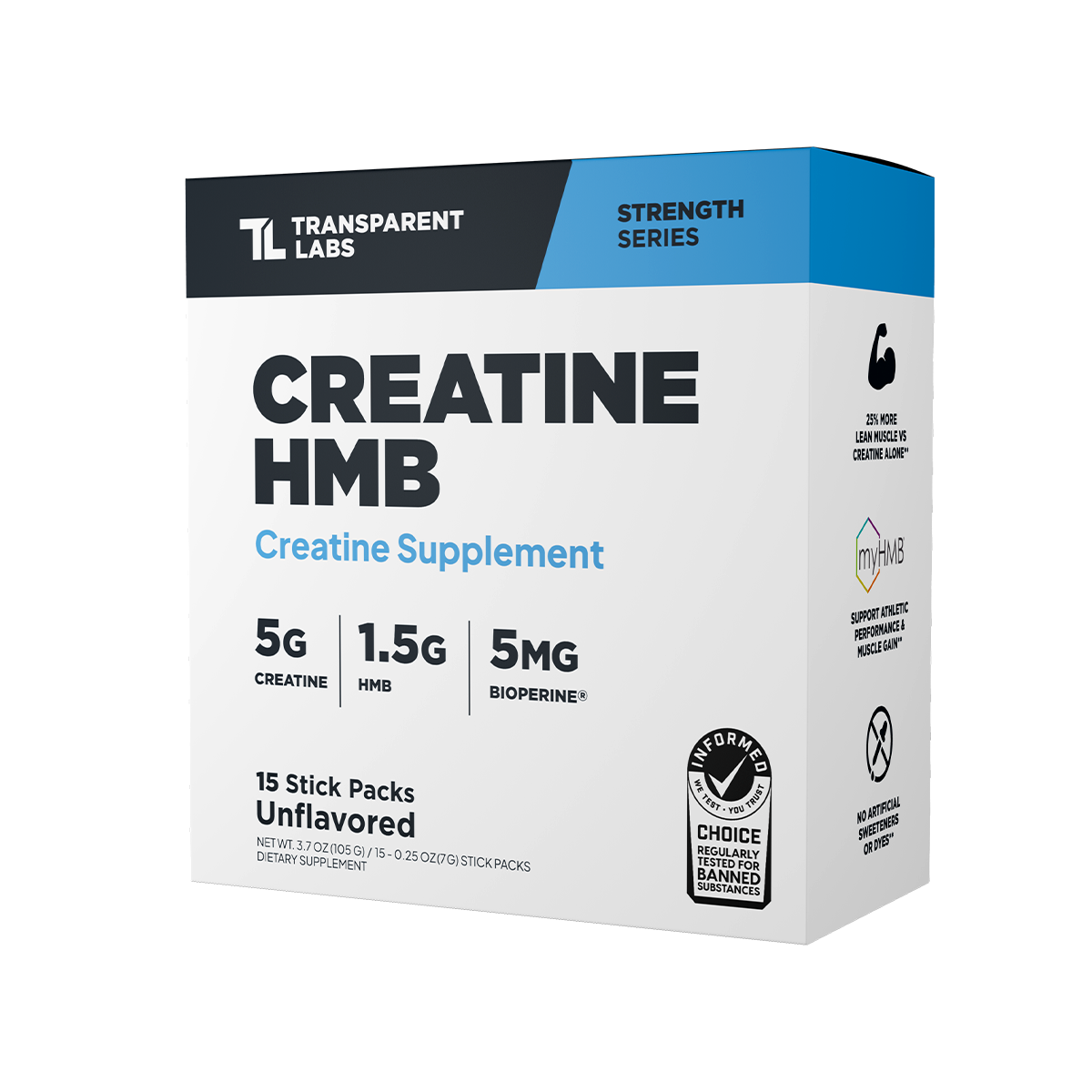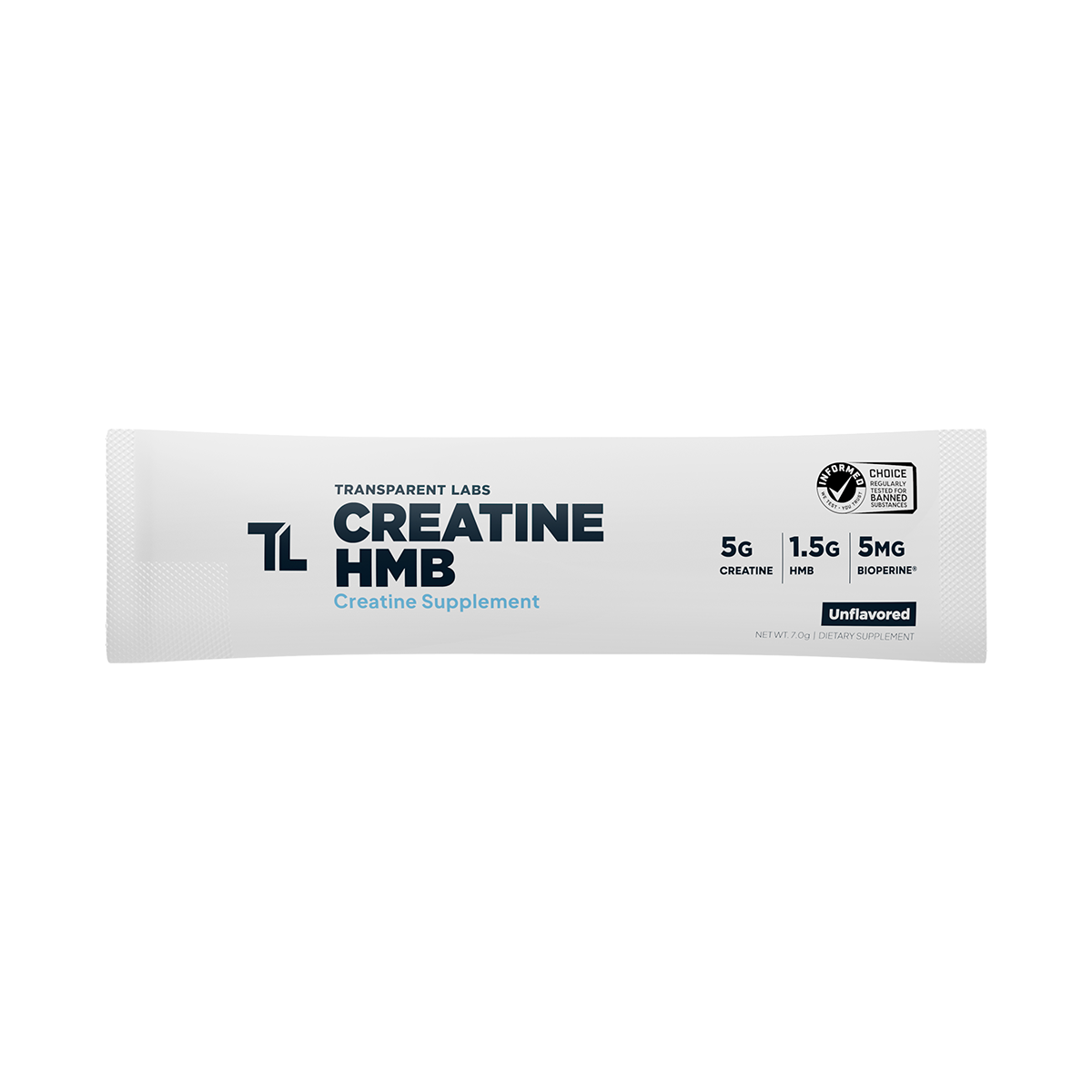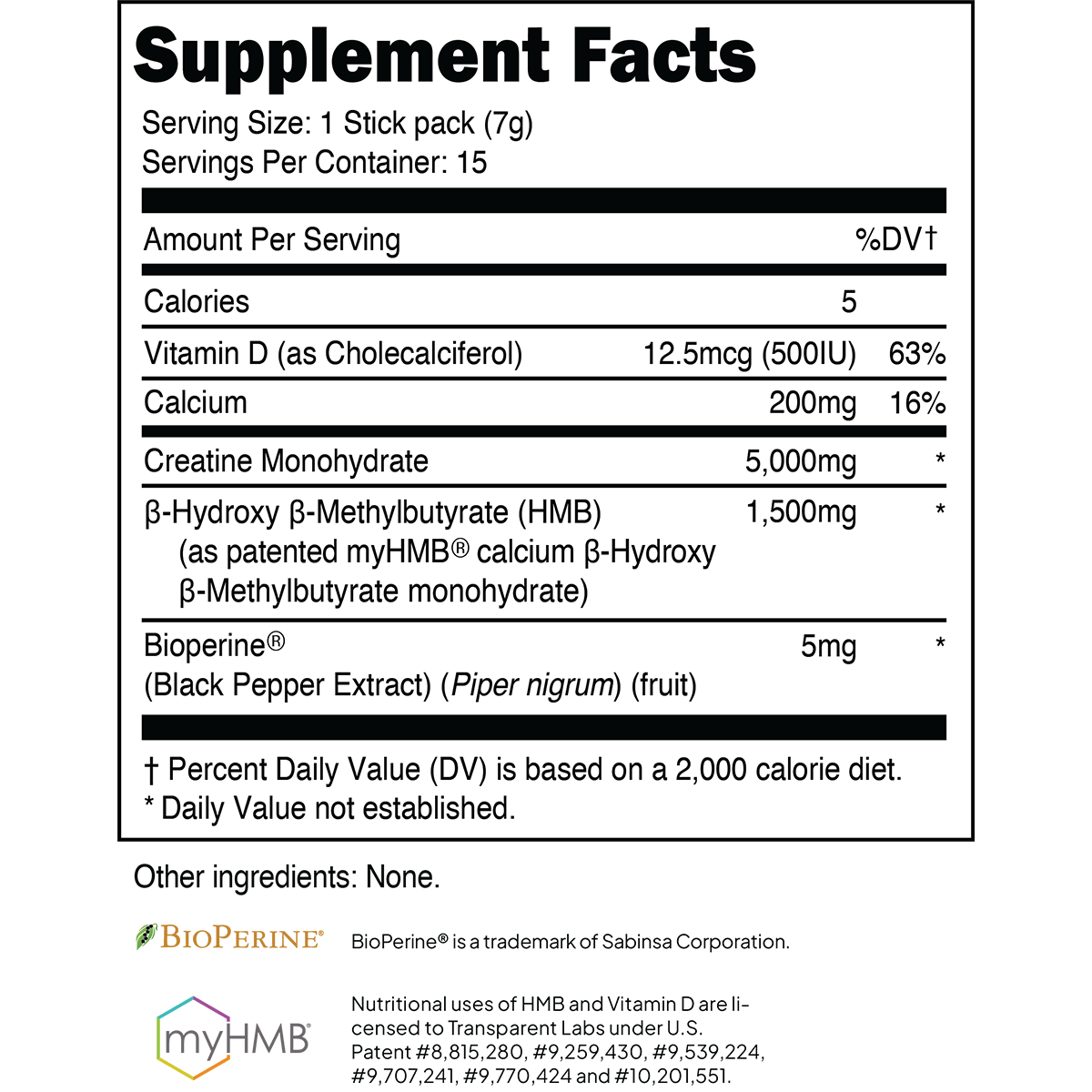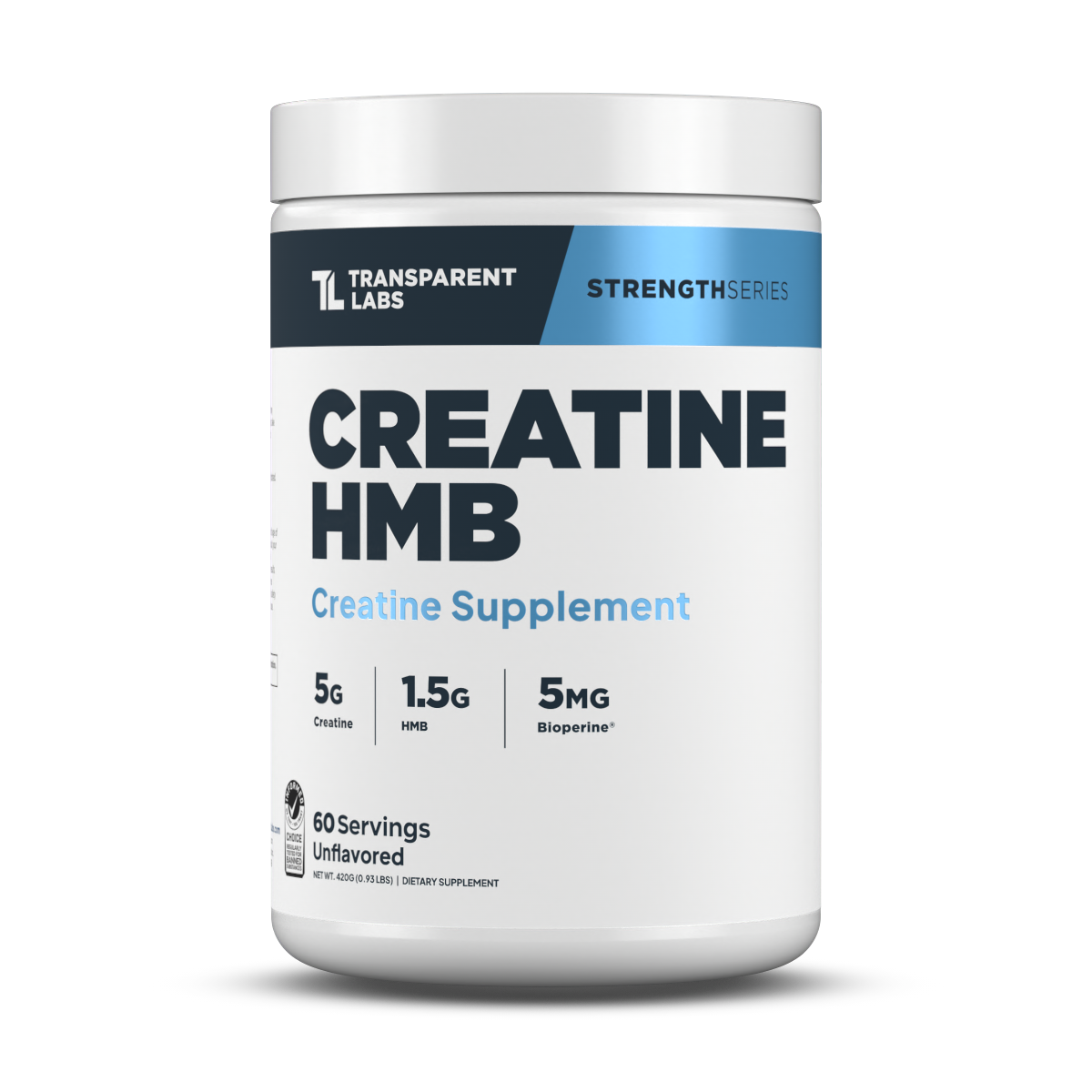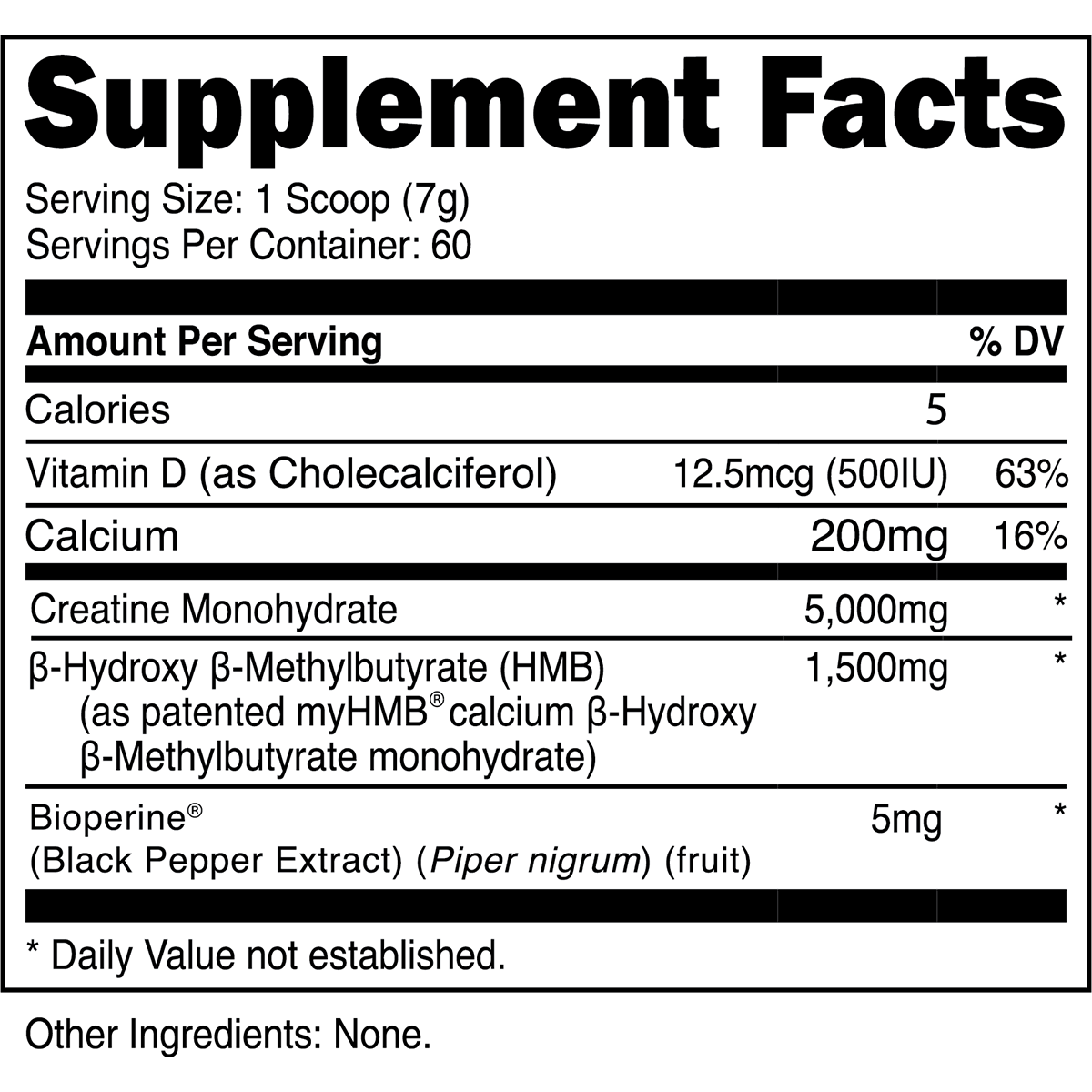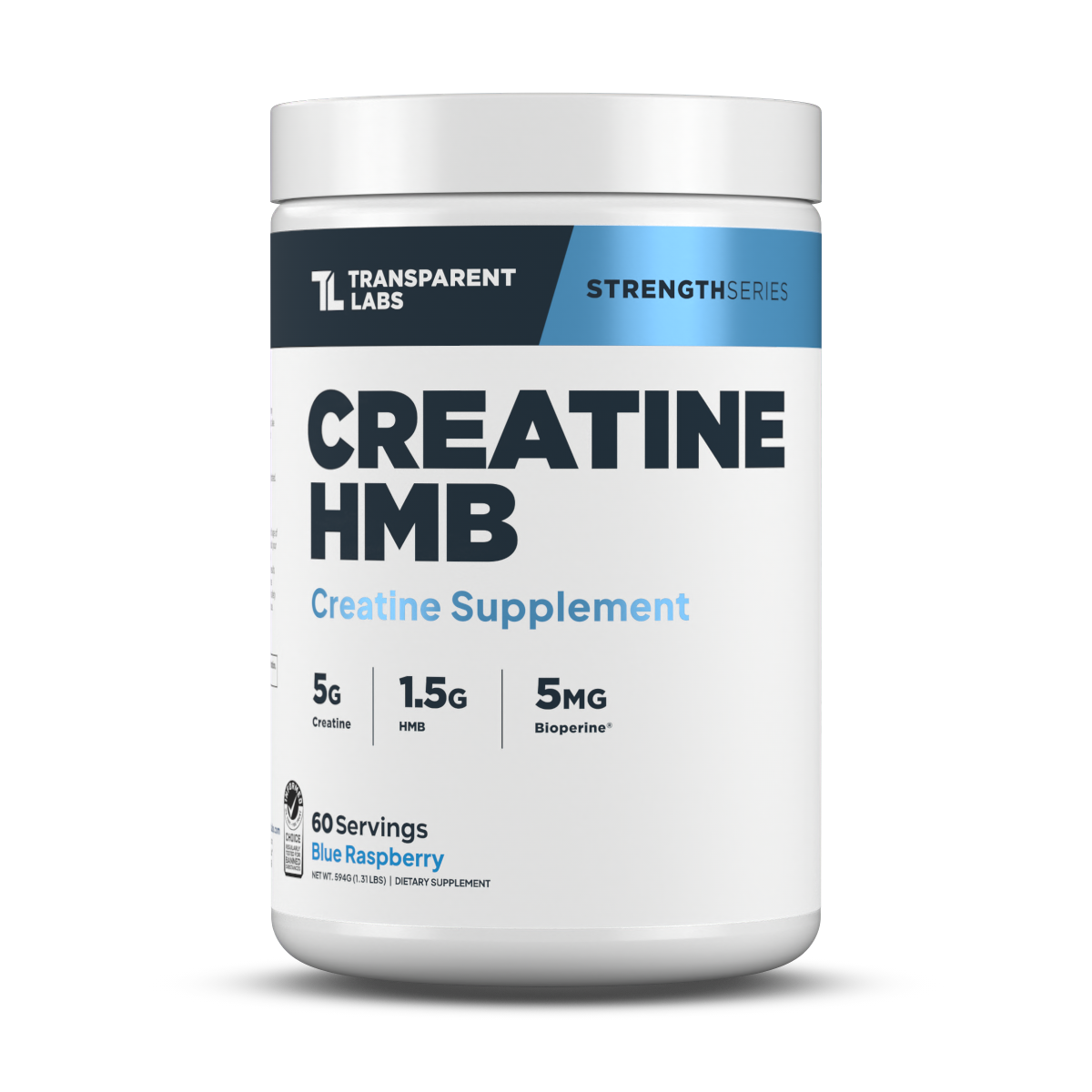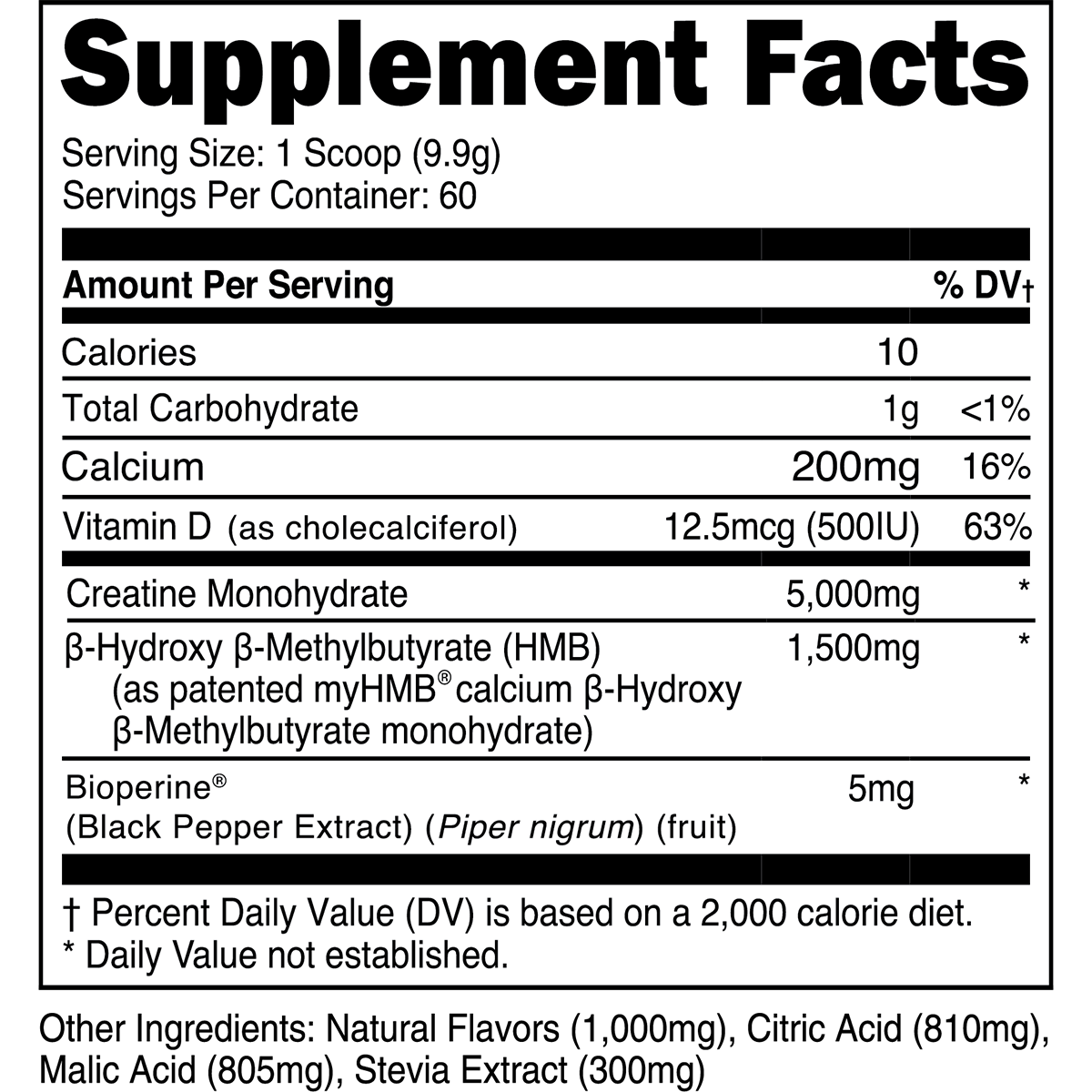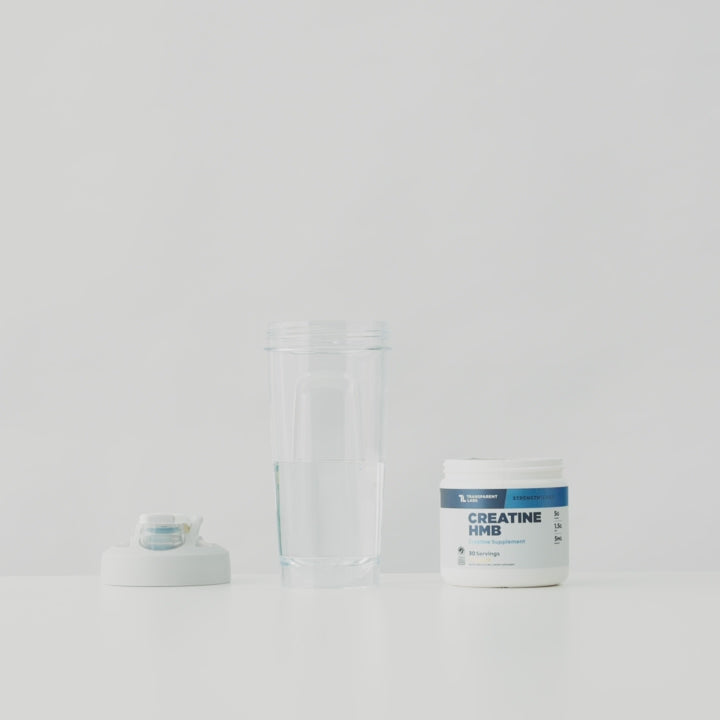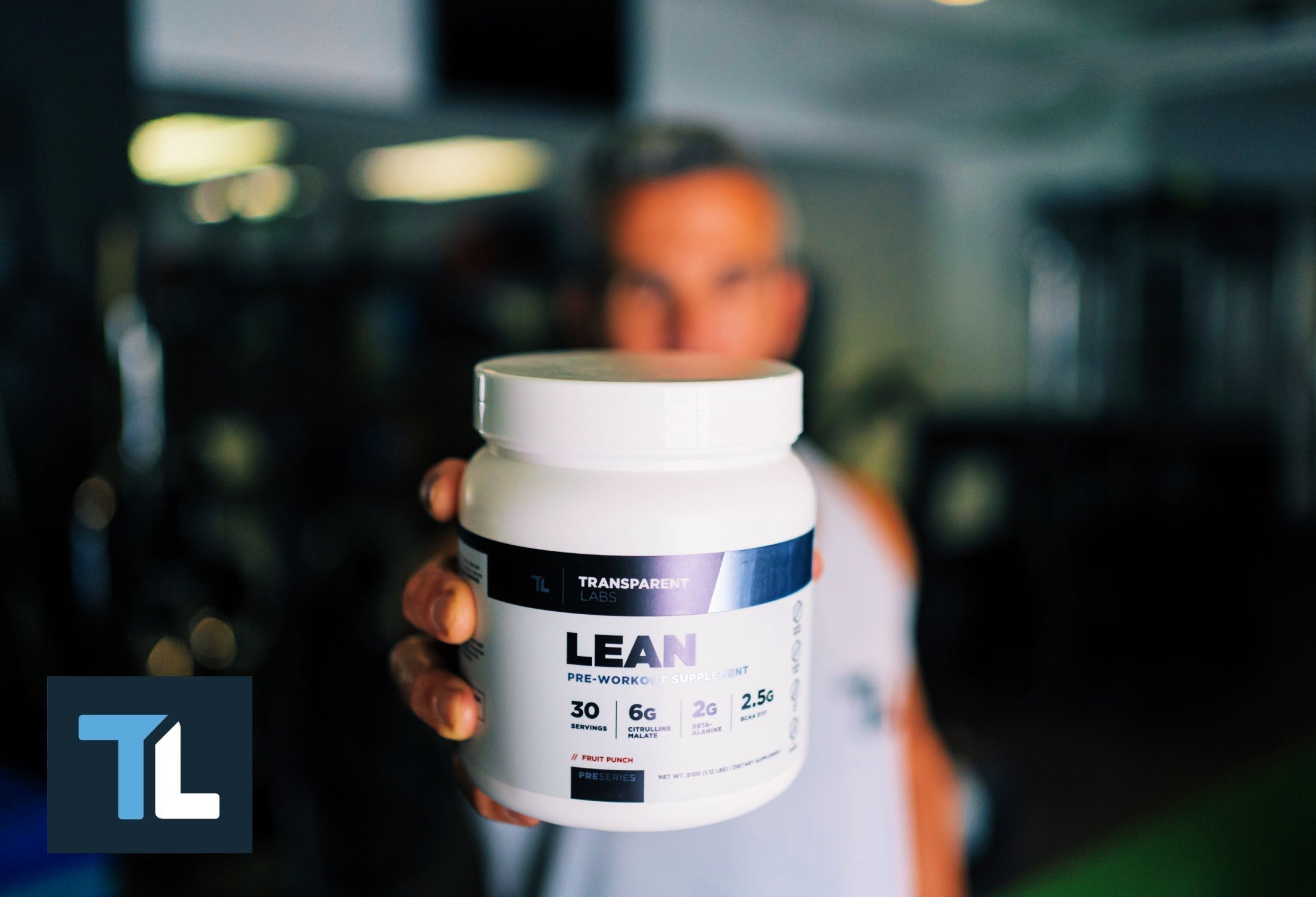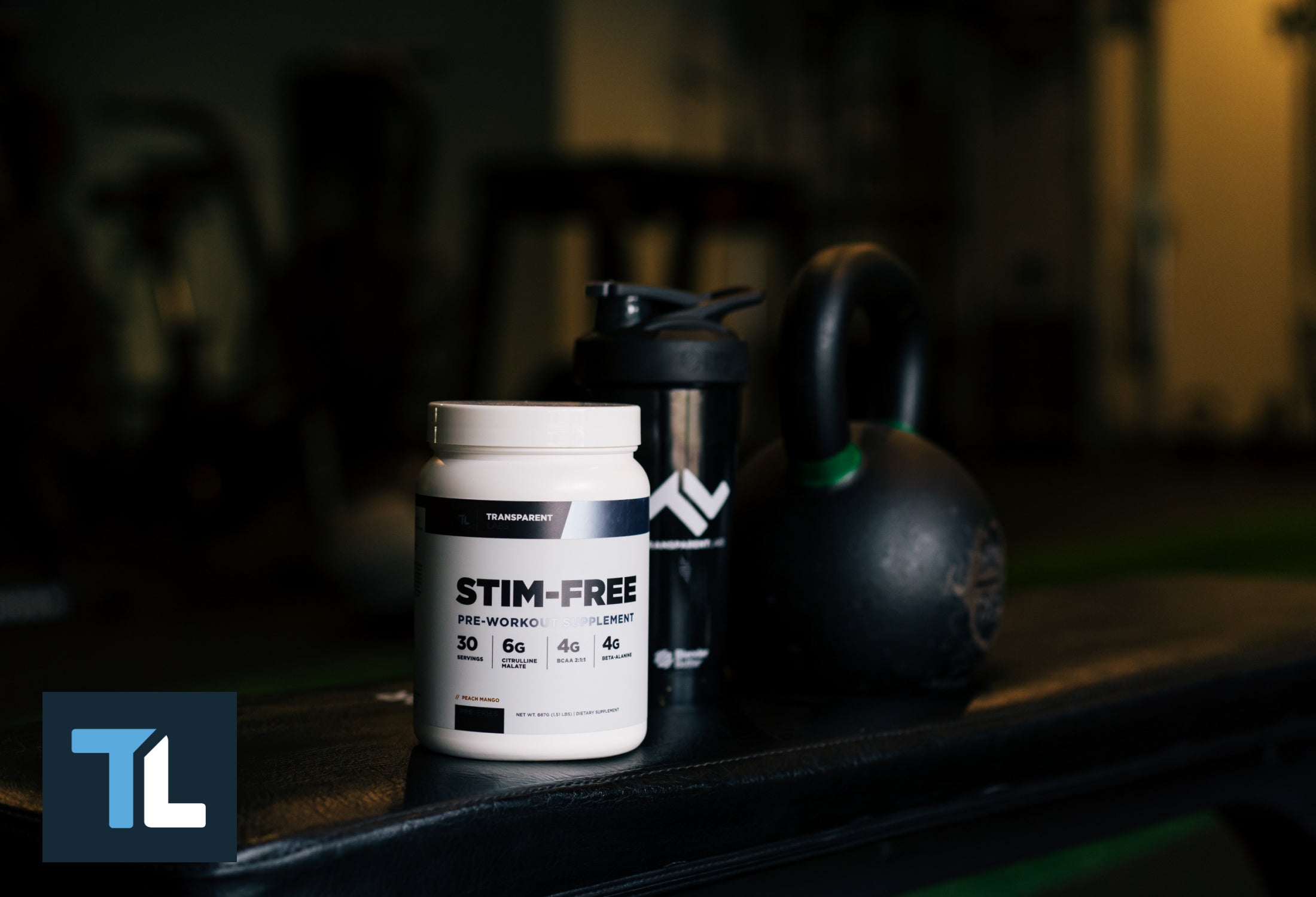If you've been consistently hitting the gym and packing on muscle, odds are you've considered what happens if you have to take some time off (whether planned or not). Will you lose all your hard-earned muscle if you can't lift weights for a few days, weeks, or months? Don't stress too much just yet, as you'll retain your muscle for quite some time with the right strategies in place.
This article will provide clarity on the physiological phenomenon of "disuse atrophy," or in plain English, the "use it or lose it" principle, taking an evidence-based approach to decipher how quickly muscle loss occurs once we stop exercising/resistance training. We'll also outline some practical tips to maintain as much muscle as possible when taking a break or missing time from the gym and working out.
Muscle Hypertrophy vs. Muscle Atrophy: A Straightforward Explanation
Muscle hypertrophy and muscle atrophy form a contrasting pair that defines the transformative nature of skeletal, smooth, and cardiac muscle tissue. We're focusing specifically on skeletal muscle hypertrophy (and atrophy) since these terms describe the change in shape of body parts like your biceps, pectorals, and quadriceps.
Broadly, muscle hypertrophy refers to an increase in the size/density of muscle mass, primarily as a result of resistance exercise and a proper muscle-building diet. In other words, our muscles grow (read: hypertrophy) in response to a specifically imposed demand, such as lifting weights. Muscle atrophy refers to the exact opposite process—the loss or decrease of muscle mass, often as a result of malnutrition, disuse/inactivity, and aging.
So, what causes muscles to grow and shrink at the cellular and molecular level? Without getting too scientific, muscle atrophy and hypertrophy are the result of an imbalance between protein synthesis and protein degradation within muscle fibers.

Thus, muscle hypertrophy is a macro-level change in tissue size that arises from a net positive protein turnover rate (i.e. when protein synthesis exceeds protein degradation). When muscle protein degradation is greater than muscle protein synthesis, a net loss of muscle protein occurs, contributing to tissue atrophy. (The exact cellular mechanisms and signaling molecules that regulate these processes are quite involved and extend beyond the scope of this article.)
Bear in mind that exercise, diet, and nutritional supplementation are only part of the equation. Various intrinsic and extrinsic factors play pivotal roles in muscle transformation, such as sleep, activity level, age, biological sex, anabolic and catabolic hormone signaling, and transcription factors that regulate muscle-specific genes [1].
Understanding the Concept of 'Use It or Lose It' (Disuse Atrophy)
"Disuse atrophy" is the scientific term for muscle loss resulting from inactivity/immboilization. In fitness lingo, this phenomenon is what people refer to when saying, "Use it or lose it."
It is well-known that skeletal muscle atrophy, characterized by the decline in size/density of skeletal muscle tissue, is a natural consequence of prolonged physical inactivity [2]. While the exact timeframe and significance is multifactorial and individualized, studies suggest that noticeable muscle loss can occur after about 7 to 10 days of inactivity in the average healthy adult [3, 4]. However, this timeframe needs to be interpreted with caution, as many of the studies on disuse atrophy in humans analyze subjects who are completely immobilized for weeks at a time.
In real-world applications, most people who have been on a consistent workout regimen won't suddenly or voluntarily lay in bed all day for weeks on end unless they're forced to by an injury, surgery, or illness. Even "light physical activity" (e.g. walking or doing chores around the house) is generally a part of someone's everyday routine regardless if they actively work out, and this can offset some of the atrophy that occurs from complete disuse/immboilization.
Age is also an important factor in this case, as age-related muscle loss can considerably accelerate the rate at which we lose muscle from inactivity. Hence, elderly populations typically experience more pronounced muscle loss from disuse atrophy compared to younger adults [5].
Timeline of Disuse Atrophy: How Quickly Do We Lose Muscle Mass?
As noted above, physical inactivity can lead to modest skeletal muscle atrophy within a matter of a week. While the underlying cellular mechanisms of muscle loss are exceedingly complex, disuse atrophy commonly results in a daily loss of approximately 0.3-0.6% of total muscle mass (after an initial 3-5 day period of immobilization). It appears that this rate of loss is accelerated during the early phases of immobilization/inactivity (e.g. the first 1-2 weeks) and slowly attenuates thereafter, leading to a bell-shaped curve when plotting rates of muscle loss from inactivity vs. time [6].
However, it is important to note that these estimates are far from uniform across all humans. In fact, one systematic review found that muscle strength (which is correlated with muscle size) in highly trained athletes remains virtually unchanged even after 3 to 4 weeks off from rigorouous exercise [7].
Moreover, the process of muscle atrophy is not uniform throughout the body or across muscle fiber types. Rates of atrophy can vary between muscle fiber types, with some evidence that type-II (fast-twitch) muscle fibers atrophy at a greater rate than type-I (slow-twitch) fibers [8].
Likewise, some muscles may experience faster rates and greater amounts of atrophy than others, due to factors such as their function, usage, and innate physiological properties. For example, if someone stops resistance training for a week or two but continues to walk 5,000+ steps a day, muscles of the thigh and calves may exhibit minimal atrophy, while muscles of the upper body would likely experience greater atrophy.
4 Strategies to Slow Down Muscle Loss During a Training Break
If you're in a predicament where you won't be able to hit the gym and pump some iron for a few weeks (or even longer), the next best thing you can do is stick to a sound nutrition regimen. Many gym-goers make the mistake of using their time away from working out as an excuse to completely disregard the very nutritional and lifestyle habits that helped them build muscle and strength; this is a big no-no if you want to maintain your hard-earned muscle gains.
Fortunately, the strategies to maintain muscle mass during extended breaks from resistance training are not too dissimilar from those that help build muscle:
The Role of Nutrition in Muscle Retention
It's essential that you maintain a healthy, protein-rich diet even when taking time off from lifting as this will slow the rate of muscle loss from inactivity. Research suggests that an intake of 1.2 to 2.0 grams of protein per kilogram of body weight, or 0.4-0.9 grams of protein per pound of body weight, per day can help attenuate muscle atrophy [9].
Incorporating a variety of protein sources, such as lean meats, poultry, fish, eggs, dairy products, and plant-based proteins, will ensure you get the right amount of essential amino acids to support muscle protein synthesis during your training break.
It may seem counterintuitive, but drastically reducing calorie intake during time off from the gym is generally not wise for maintaining muscle mass. Many people will do this to compensate for the reduction in energy expenditure (since they're not training), but being in a caloric deficit can exacerbate muscle loss. Ideally, you should aim to match your energy expenditure (i.e. consume a maintenance calorie intake) to aid in preserving muscle mass.
Continue Using Muscle-Supporting Nutritional Supplements
There's ample evidence that nutritional supplements like essential amino acids, hydroxymethylbutyrate (HMB), creatine monohydrate, and hydroxyisocaproic acid (HICA) can reduce muscle protein breakdown in humans, thus preserving more lean body mass during a break from the gym [10]. This is why we recommend taking supplements like Transparent Labs Creatine HMB daily, even when you're on a break from the gym.

Keep Moving
It's all but clear that contractile activity (or lack thereof) is a major determinant of muscle atrophy, so even when you're not engaging in intense workouts, it's still wise to move your body (if possible). Going for an easy walk, bike ride, or swimming are just a few examples of daily activities that you can do outside the gym to keep your muscles "firing." Doing this will greatly reduce the rate of atrophy compared to complete immobilization. As evidence of this point, a recent study found that electrical stimulation of immobilized skeletal muscle significantly reduced disuse atrophy [11].
Don't Skimp on Sleep
It goes without saying that the body simply does not recover and repair itself optimally without proper sleep. During deep sleep stages, the body undergoes various reparative processes, including the release of growth hormone (GH), a peptide hormone that plays several roles in protein turnover rates [12]. Several studies have found that even acute sleep deprivation can significantly impair insulin sensitivity, muscle recovery, and growth [13, 14].
Furthermore, chronic sleep deprivation is associated with an increase in cortisol levels [15]. Elevated cortisol, a catabolic hormone, can promote muscle protein breakdown and inhibit muscle growth.
Aim for 7-9 hours of quality sleep each night to help manage cortisol levels and create a more favorable environment for muscle retention. The quality of your sleep can be drastically improved with good "sleep hygiene." Establish a consistent sleep schedule, create a restful environment free from distractions, and engage in relaxing activities—preferably something not on a screen—before bedtime.
The Big Picture: Key Takeaways
While disuse atrophy can contribute to significant diminutions in muscle strength and size, it is important to note that muscle loss will be minimal in most athletes and active individuals when taking upwards of 2-4 weeks away from the gym. Implementing the strategies outlined above will further ease any muscle loss that occurs during a lapse in your workout regimen, allowing you to pick up where you left off once you get back in the gym.
Whether you're forced to take some time off from resistance training or just need a break for a few weeks, don't stress over "losing all your gains," because that's simply not how the body works. If anything, an occasional respite from intense lifting can actually lead to better long-term muscle gains by allowing your body time to recover and recuperate before your next training block.

